Djerba Island & Central Tunisia - a fusion of Western and Eastern culture, enriched by African beliefs and ancient wisdoms
Once upon a time, there was Odysseus. On his voyage, he stopped on a beautiful island, that was unknown at the time. He drank a mysterious lotus drink. This delicious drink with its honey flavour caused him and his companions to be in a state of complete bliss. They had forgotten that they had to return to their homeland to their families and friends,....[Acording to Homer's Odyssey, Land of the Lotus Eaters]

Even today, Djerba could be called "the island of forgetfulness" because many modern tourists, like Odysseus, forget their everyday lives on this hospitable island and easily succumb to the seductive charms of the East.
Djerba is a Tunisian island. It is also the largest island in North Africa.
The island of Djerba is small, only 29 kilometres long, 28 kilometres wide at most, and rising only 55 metres above sea level.

It is lying close to the mainland and it is connected to the mainland by the El Kantara causeway, which is the only road link to the mainland. And this causeway is not an achievement of modern engineering. More than 6 km long road was built by the ancient Romans in the 2nd century. Today, a water pipeline also runs along the causeway, supplying the island with water. The ancient Romans also named the island - they called it Jerba.
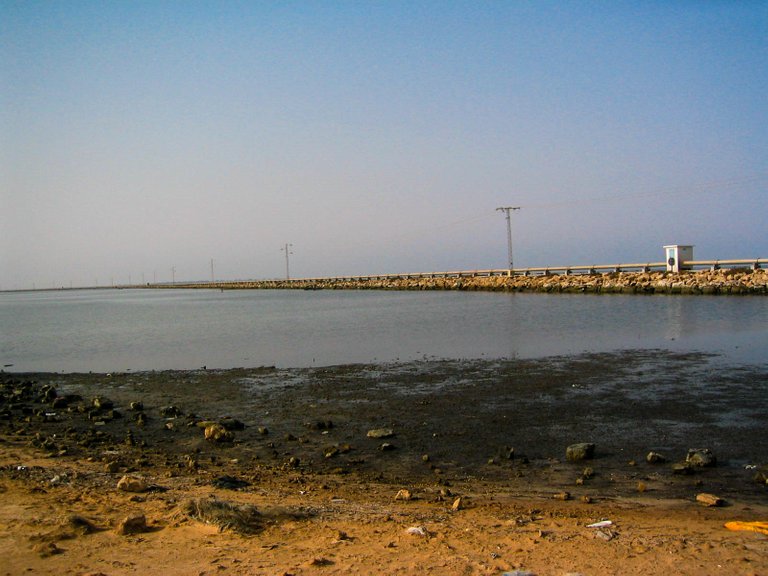
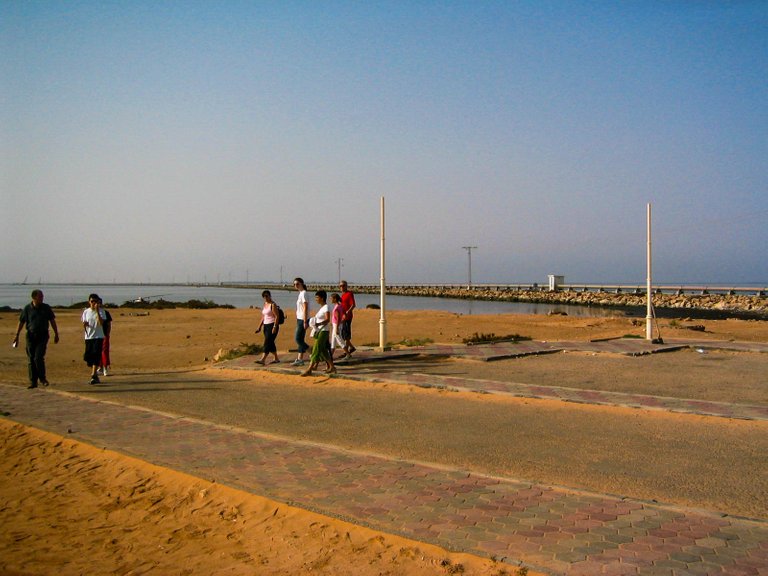
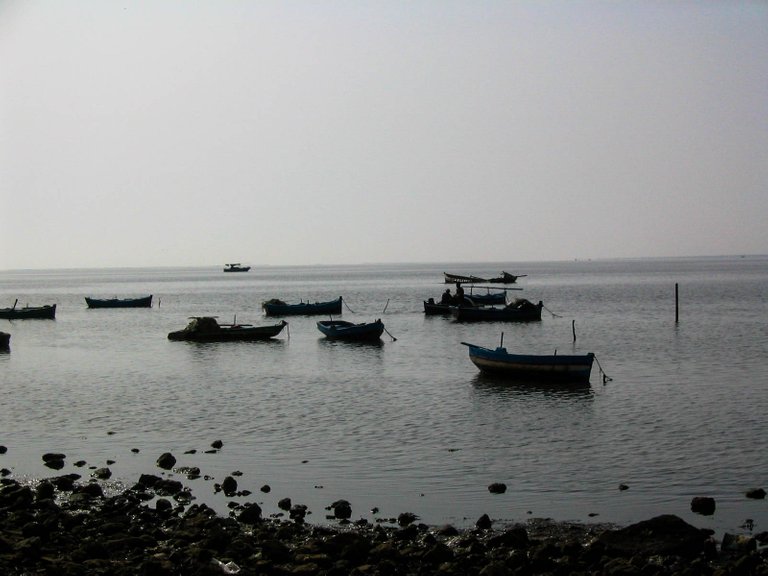
Tunisia is an Arab country wiht a large Muslim community but also small Jewish communities, located mainly in two villages, Hara Segira and Hara Kebira. The translation of the villages names says a lot - a small ghetto and a large ghetto. The Jews of Djerba belong to one of the oldest Jewish communities in the world and claim to have been in the area since the Babylonian captivity. The Jewish town of Khara Segira is home to the only Jewish synagogue on the island, called El Ghriba, which is an international pilgrimage centre for Jews. During the last decades the Jewish community of Djerba shrank as many of its members emigrated, and the El Ghriba synagogue became target of hostile behaviour and terrorist attack (the most devastating on April 11, 2002, in which 19 people lost their lives and more than 30 were injured).
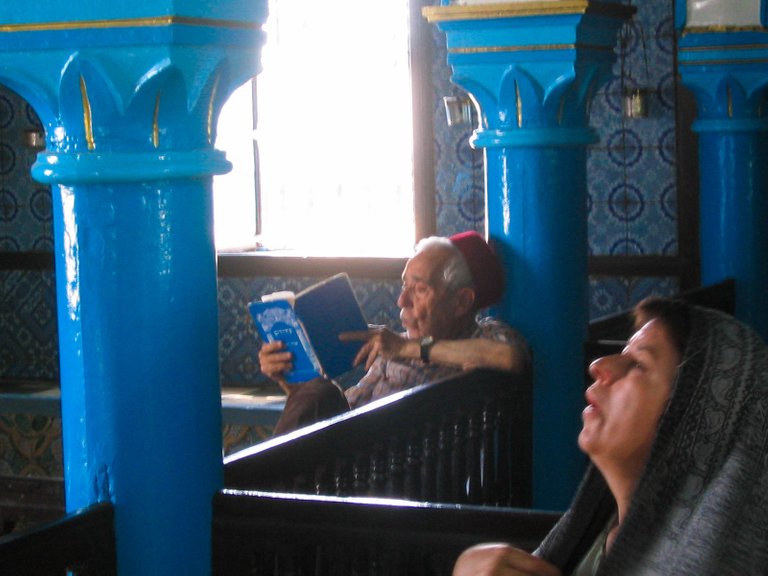
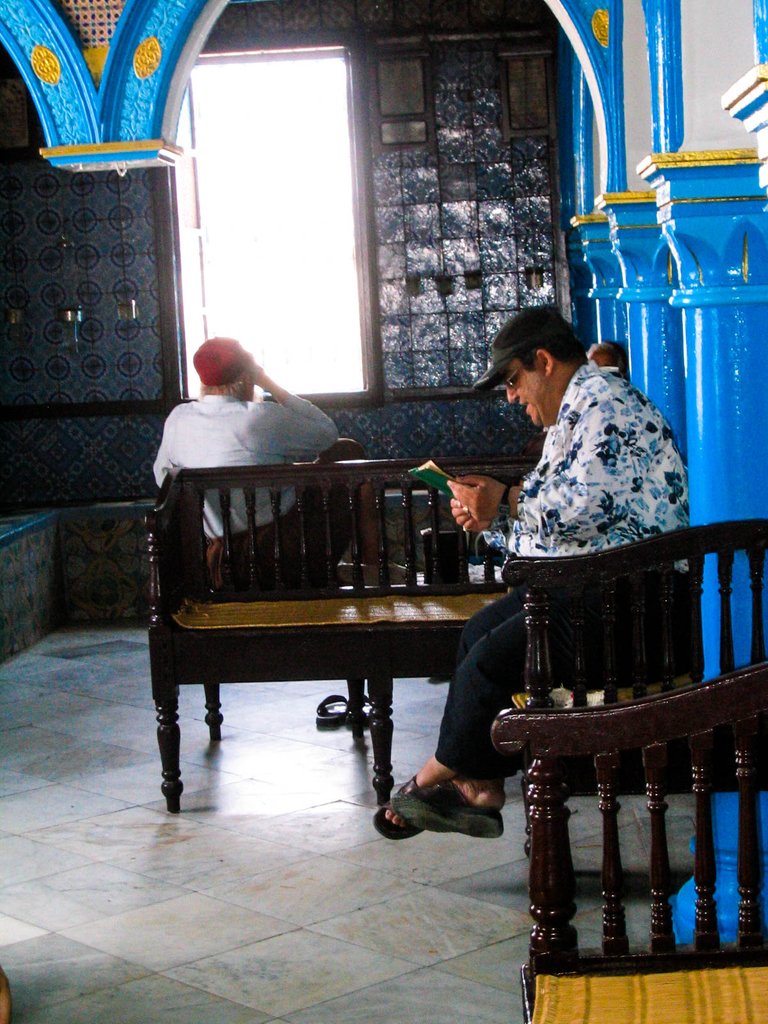
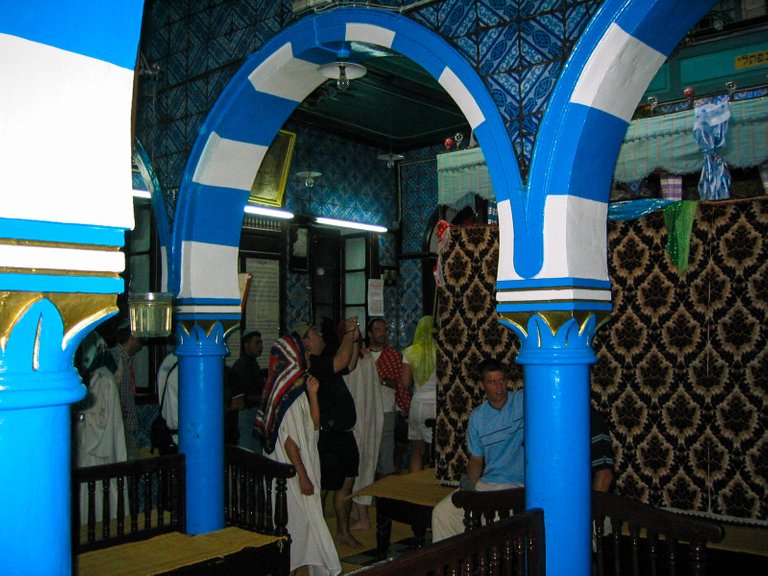
The island's capital is Houmt Souk, a bustling commercial centre. Houmt Souk is a very lively capital, it’s heart, but also a popular attraction for every visitor, is the open-air market that gives also the name to the city as “souk” means market. A stroll through the market is an unforgettable experience where you will test your skills in typical oriental bargaining for prices. I’m not sure how successful I was, first impression was very good and I was confident in my barging ability, but when I returned to the hotel and had the time to think about it, I was not so sure. Anyway, I had a great time 😊. For sure, the market will satisfy the taste of even the pickiest visitor, offering a wide selection of jewellery, leather, ceramic, palm and other souvenirs.
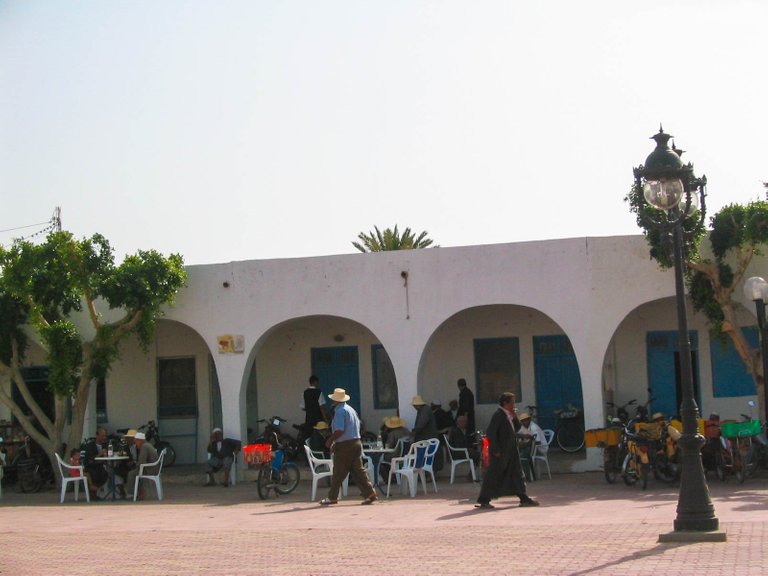
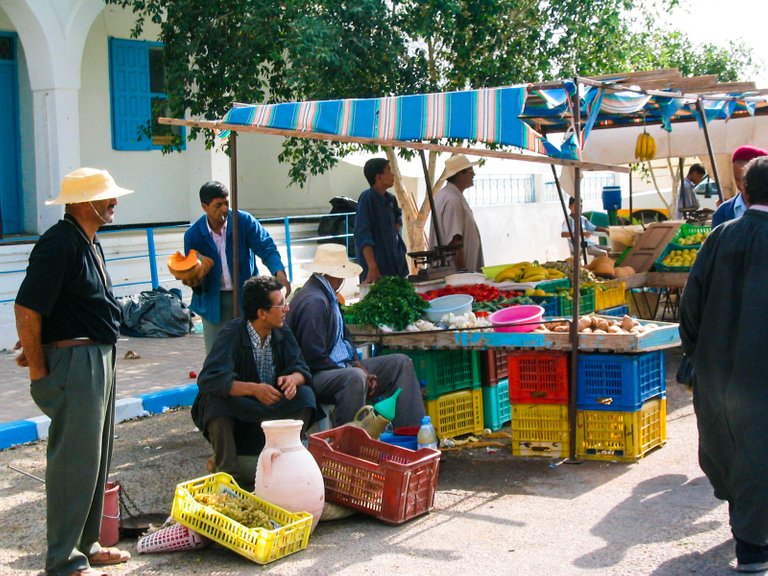

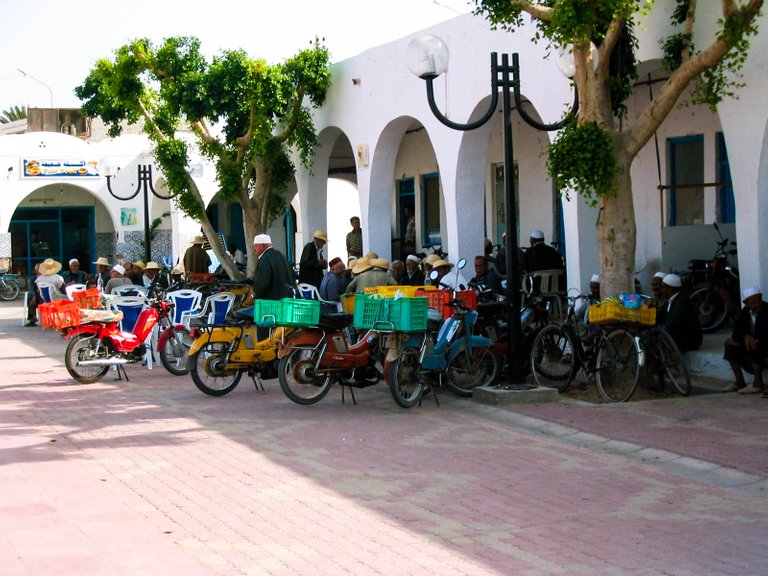
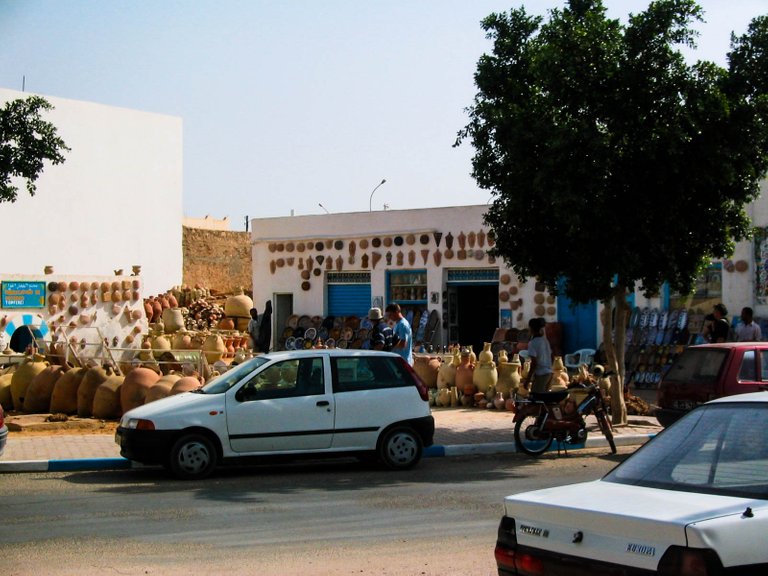
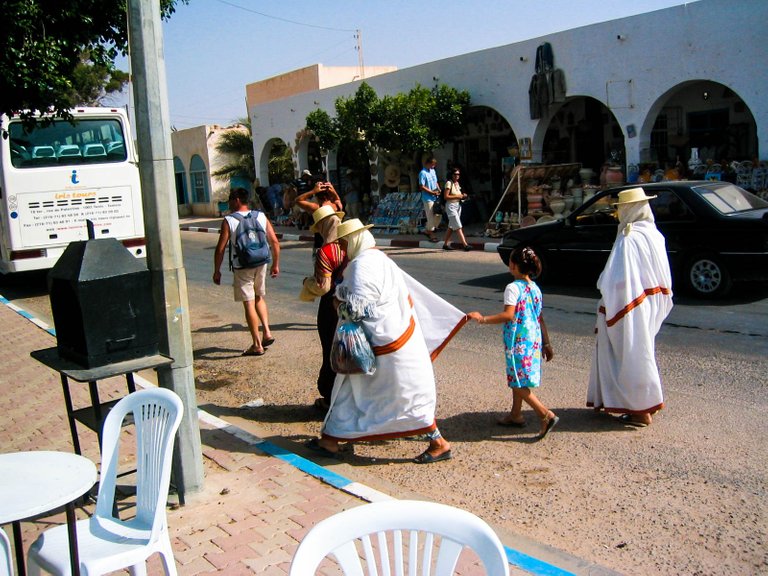
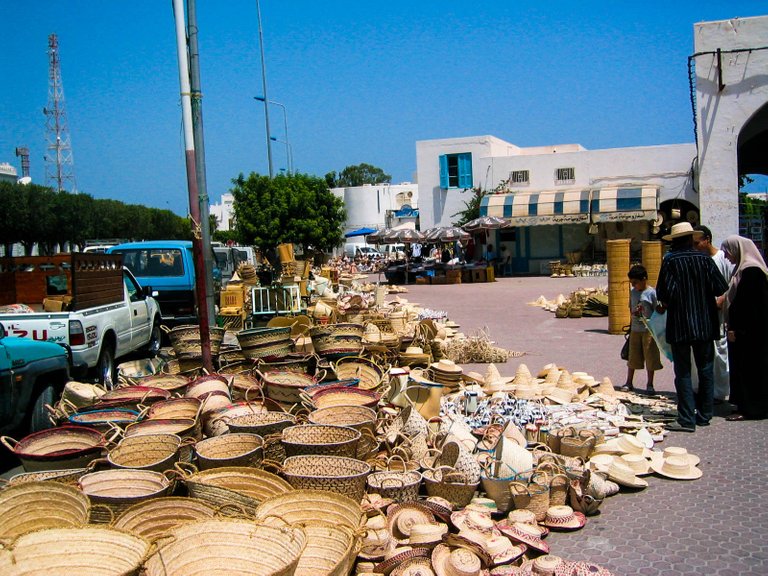
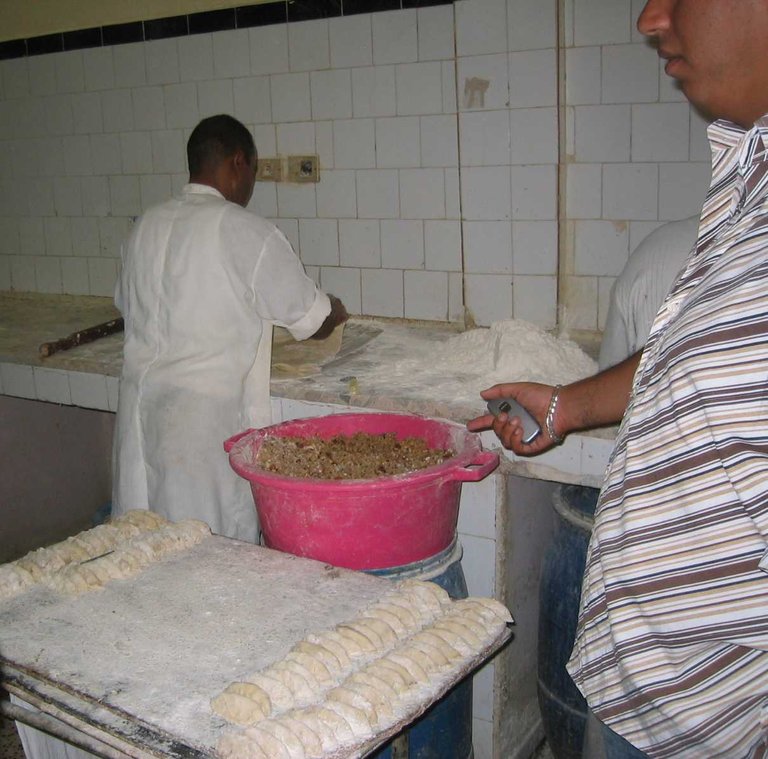
Preparing local desserts,...
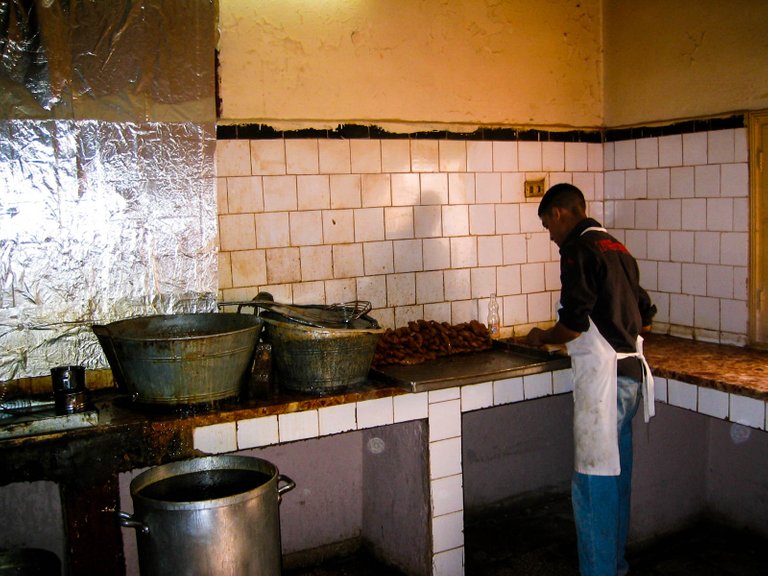
We were lucky to visit some of the local craftsmen. In Houmt Souk we visited a carpet workshop where we were able to admire magnificent handmade carpets and assist in the carpet weaving workshop. The manufacturing of carpets is the most important handicraft branch in the country. It comes from the nomadic tradition. Carpets are made from local sheep's wool. They are highly valued and fetch a high price on the international market. The quality of the carpet depends on the number of knots.
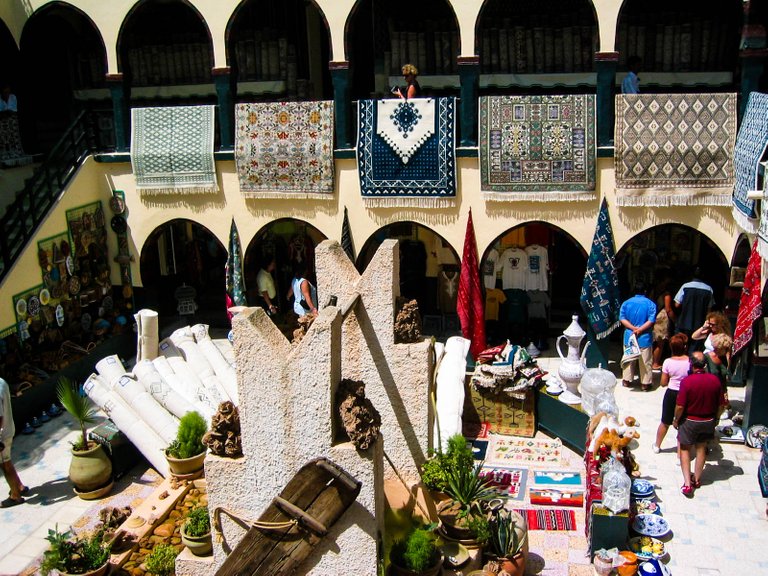
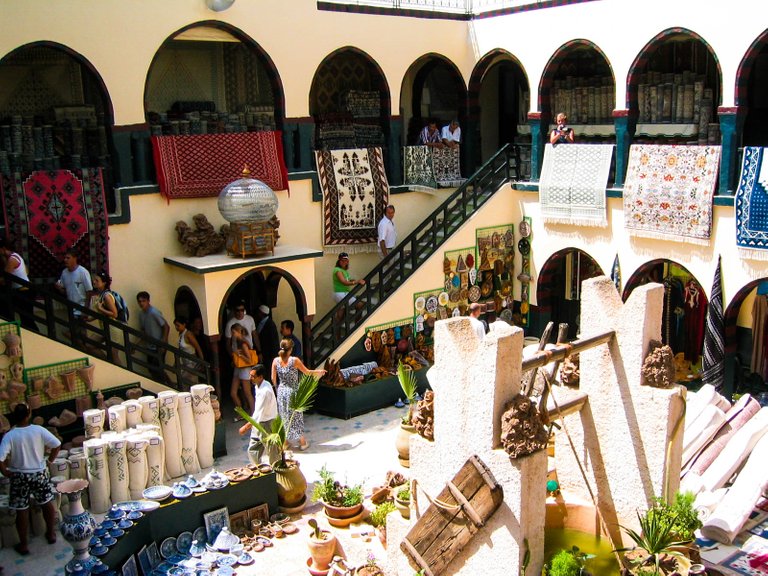

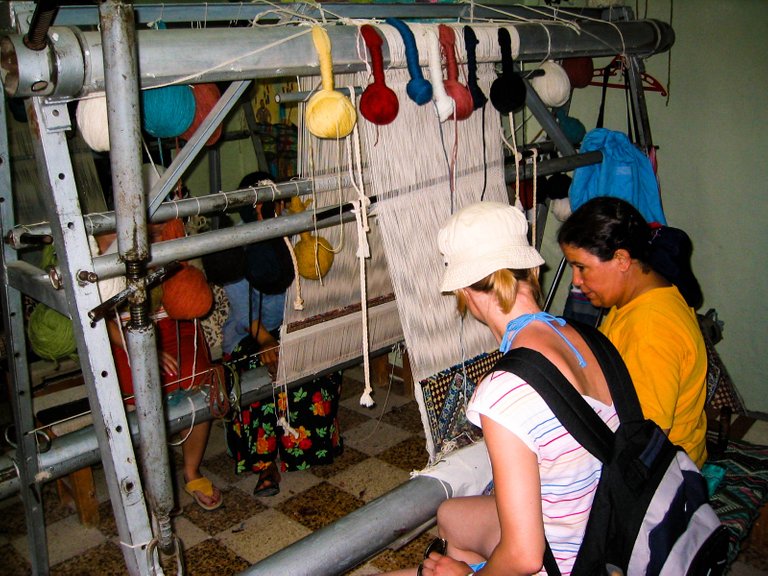
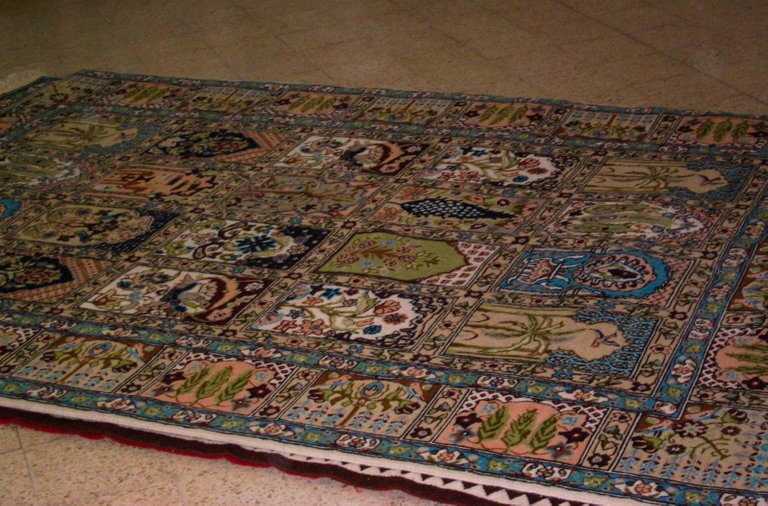
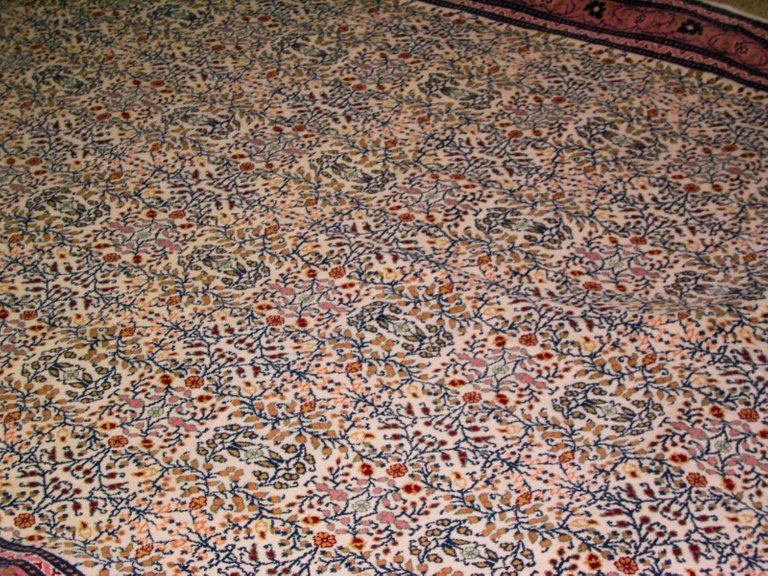
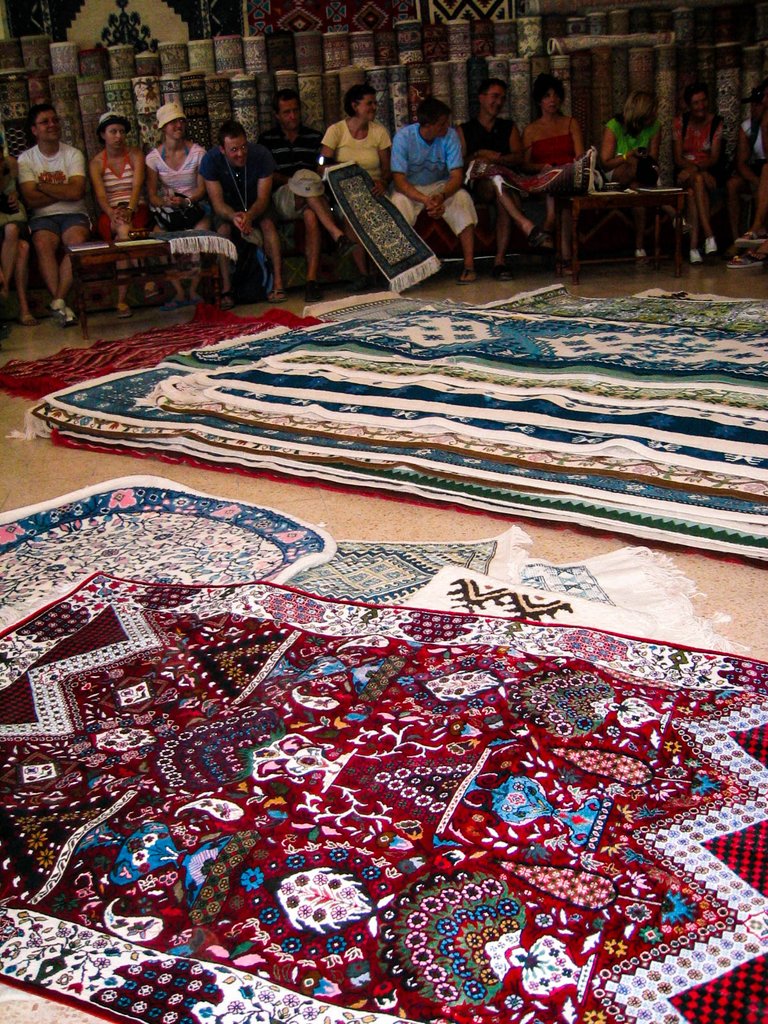
A stop at the picturesque pottery centre of Guellale, which has been famous in the Mediterranean since ancient times. Masters of traditional pottery are producing products full of beautiful geometric patterns and oriental motifs, complemented by calligraphy, a picturesque Arabic script.
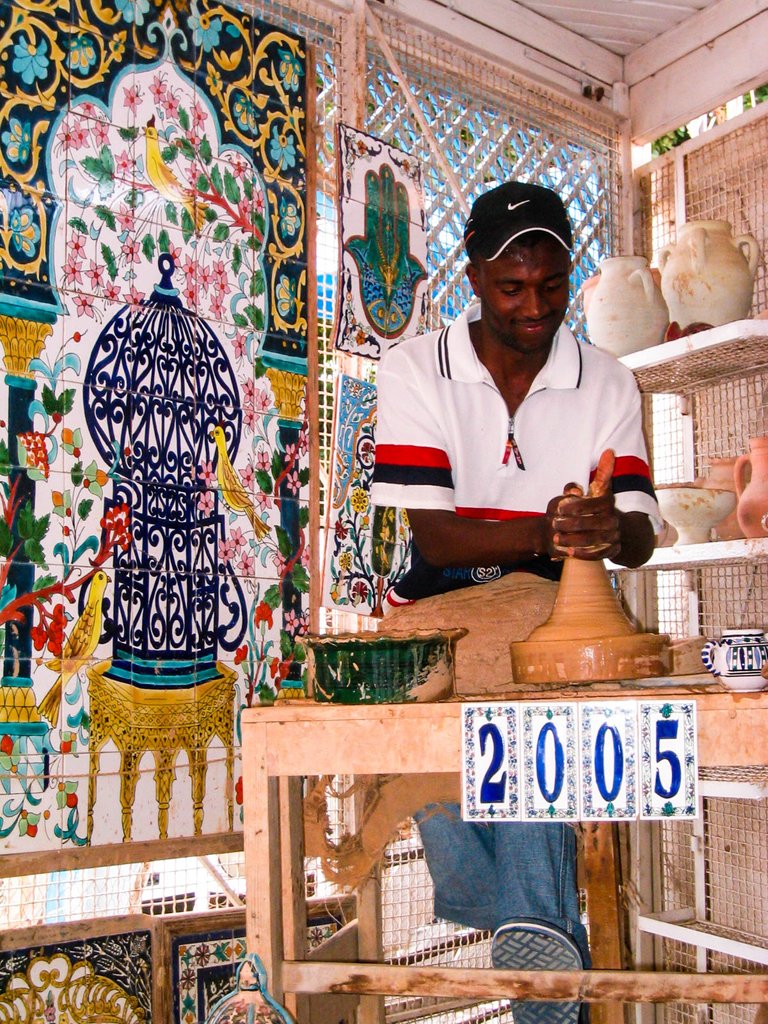
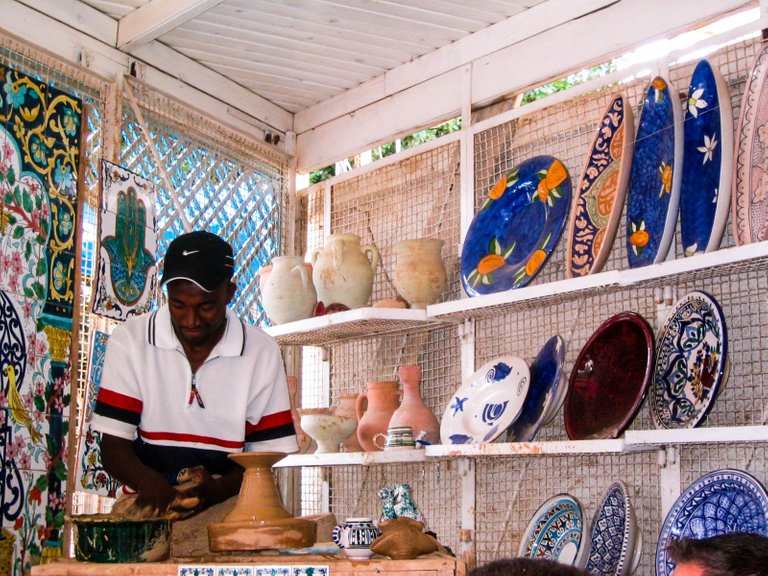
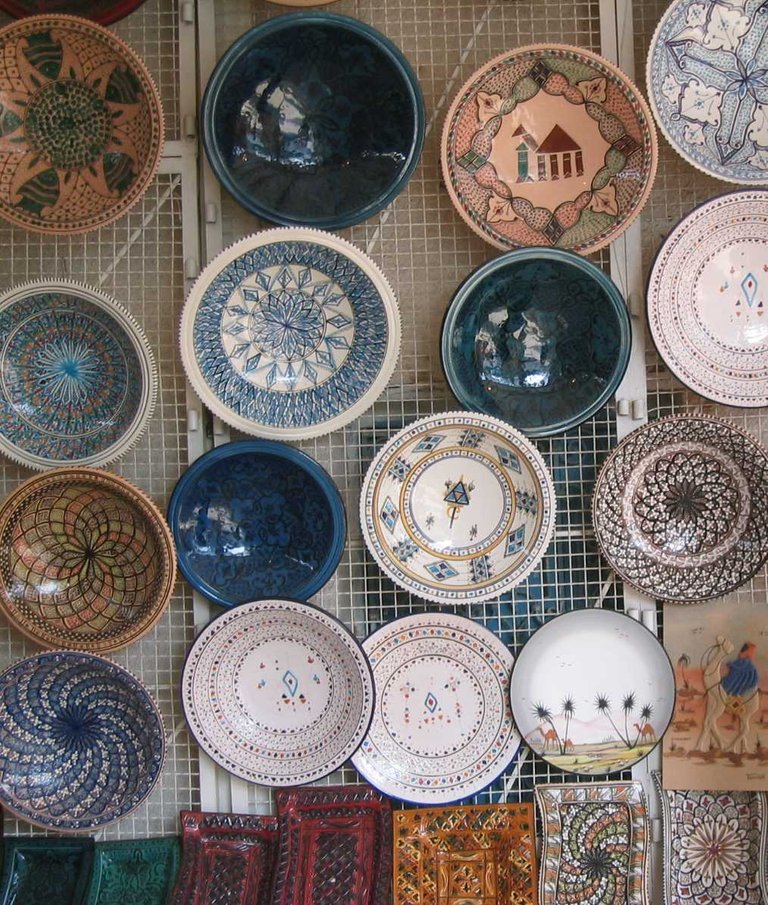
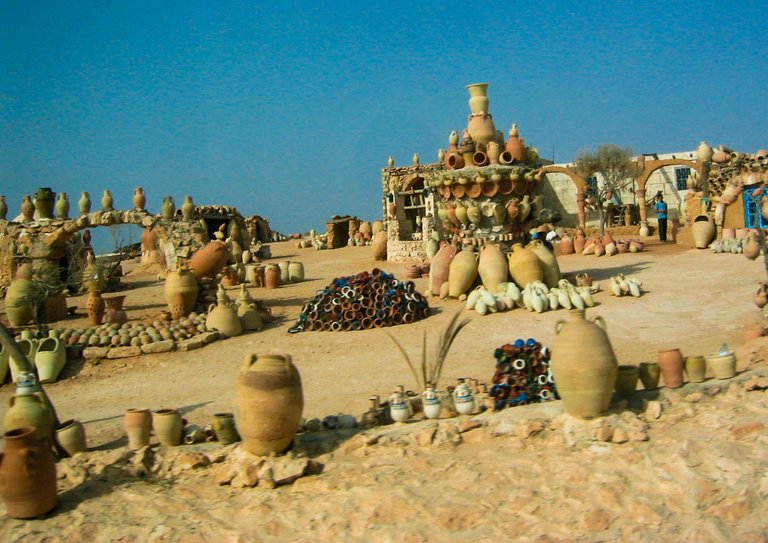
Our route also took us to the town of Temezret, where we walked through the streets and experienced the town's vibrant market.
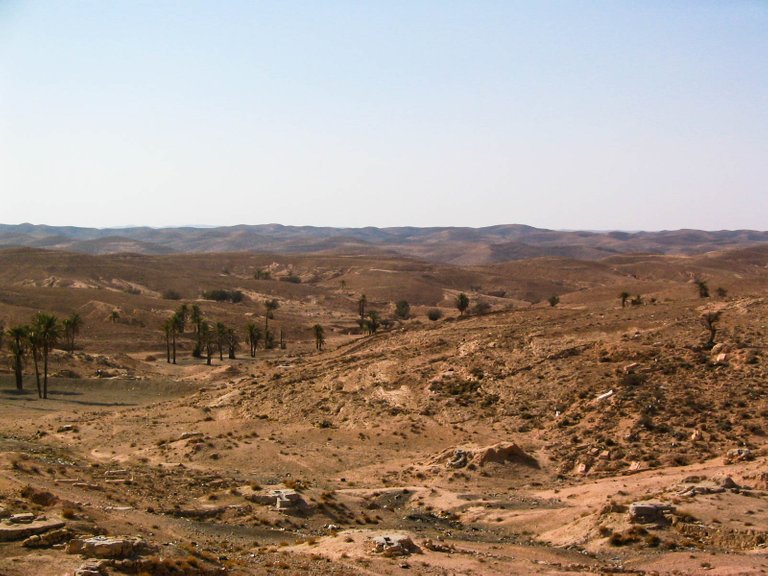
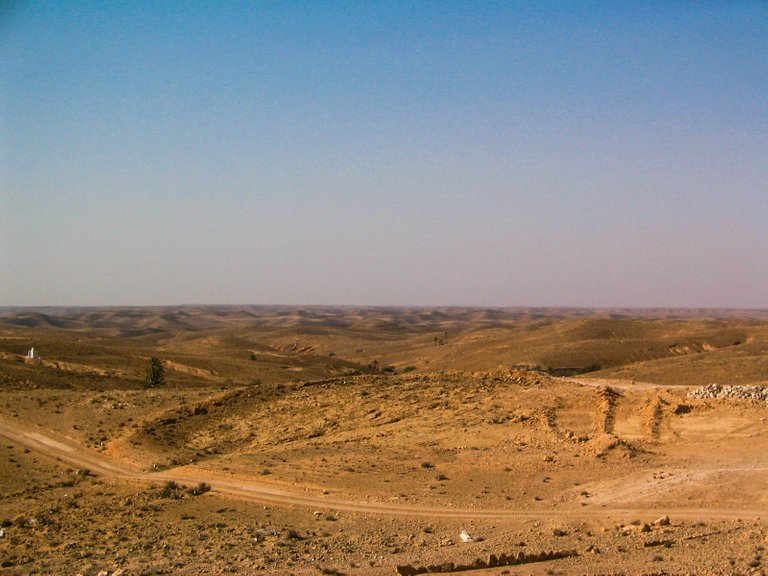
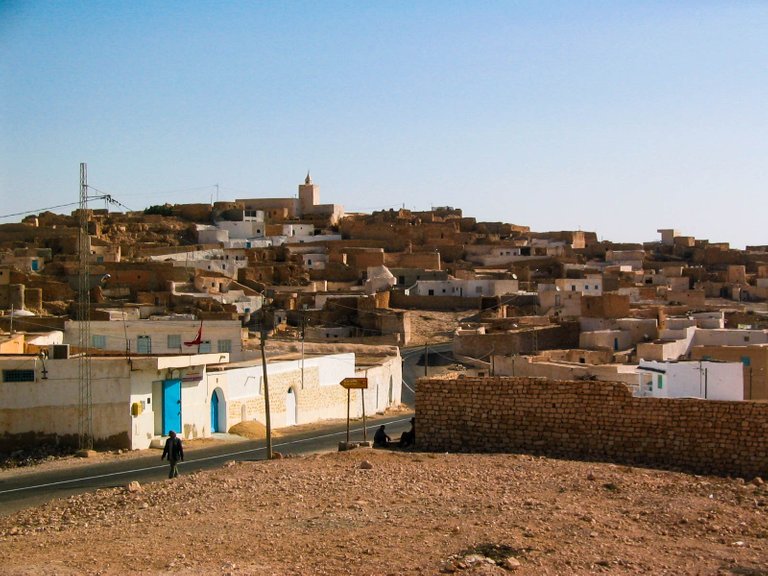
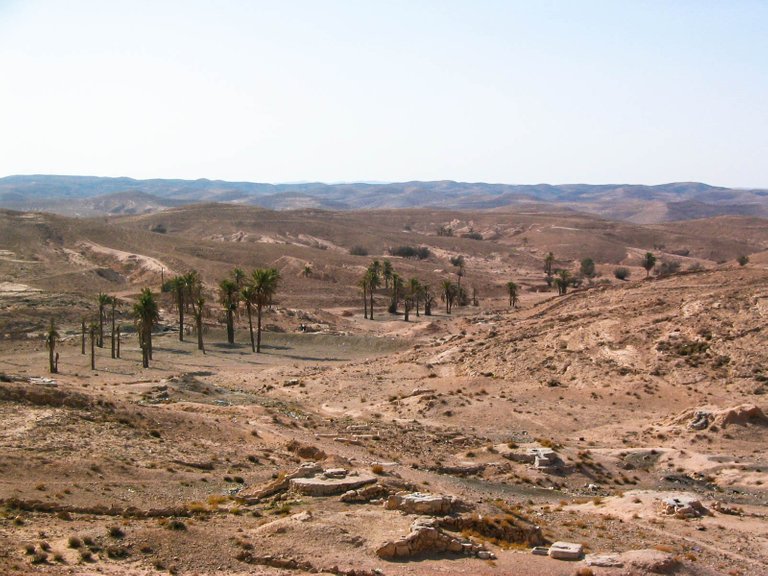

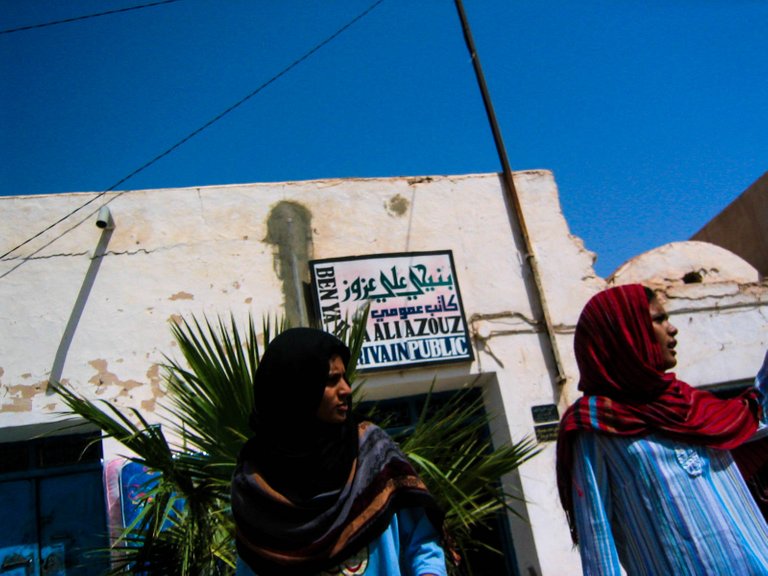
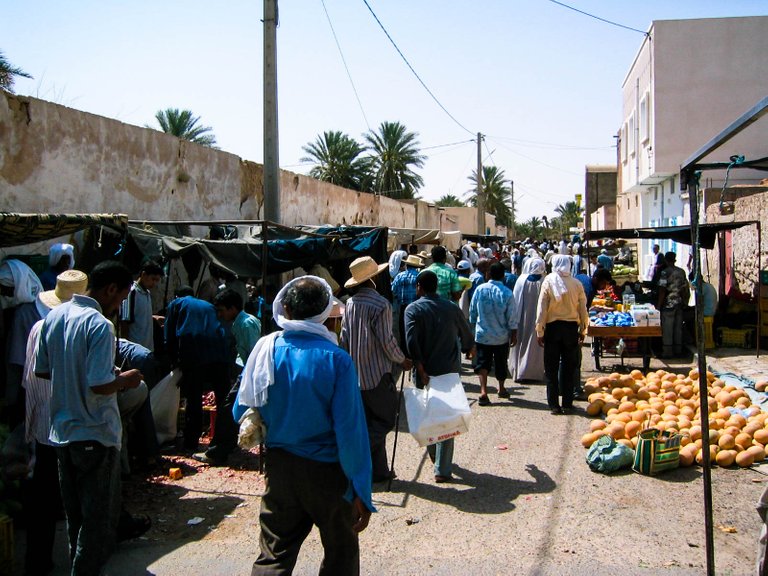
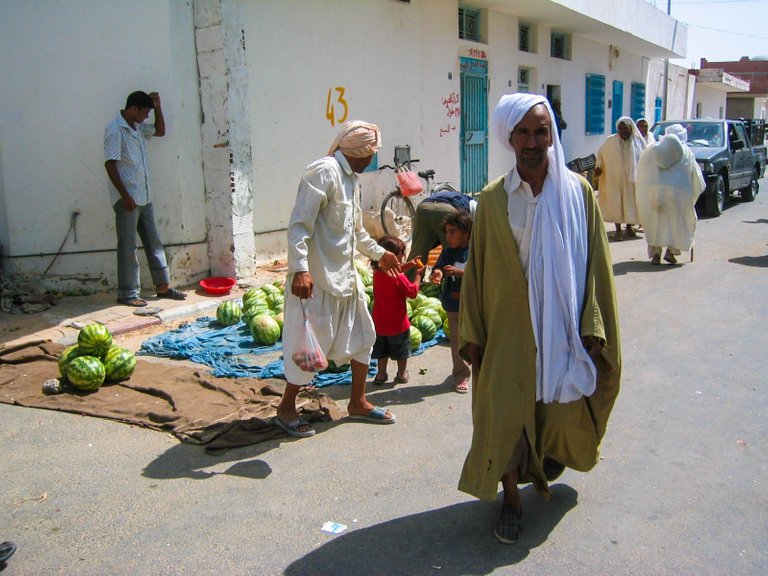
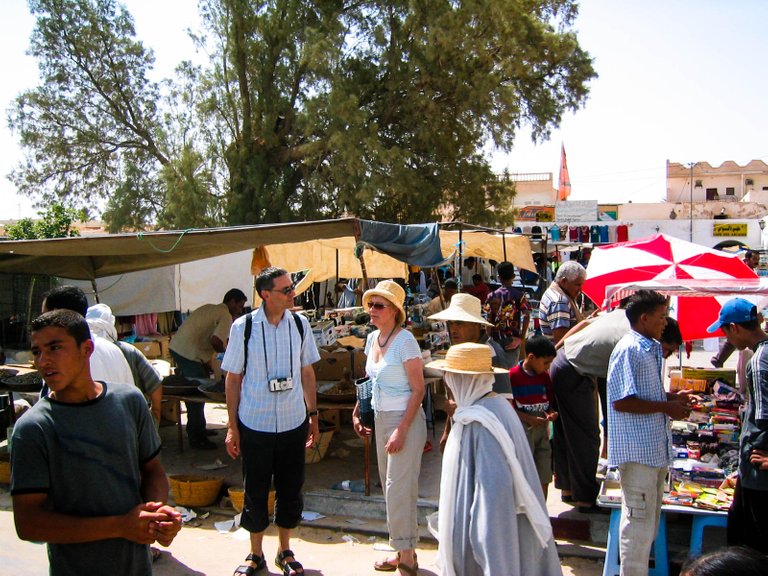
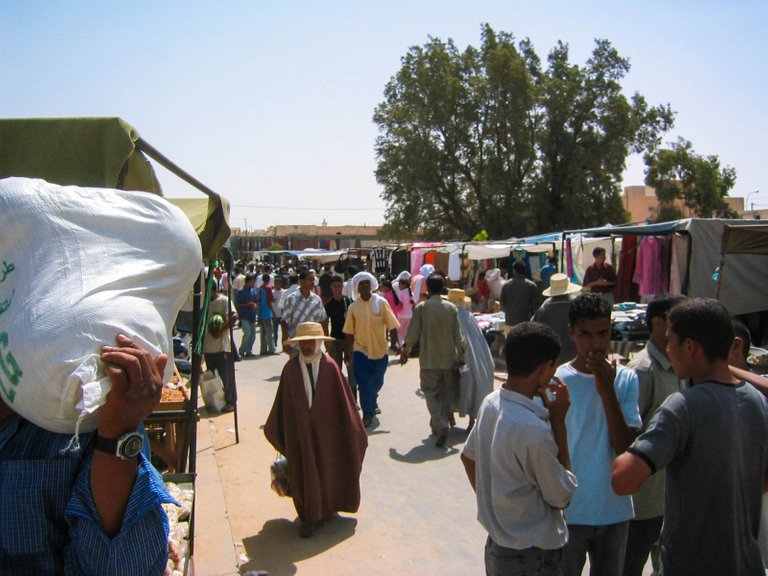
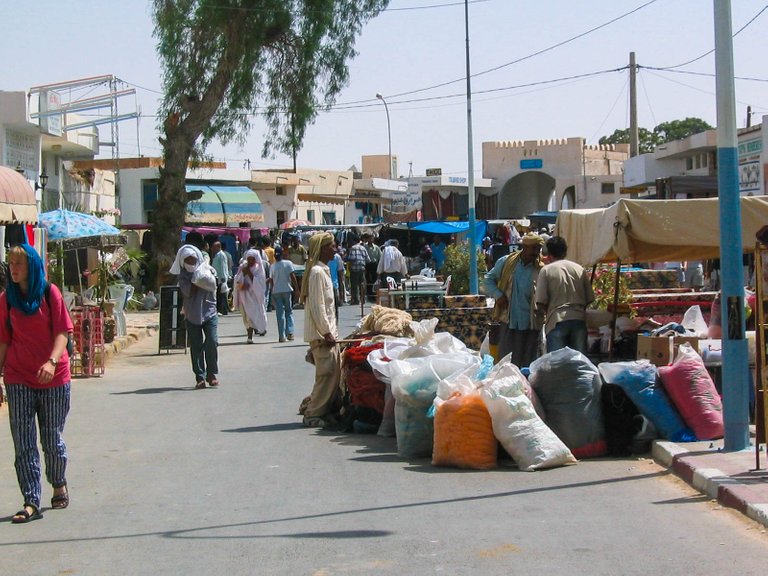
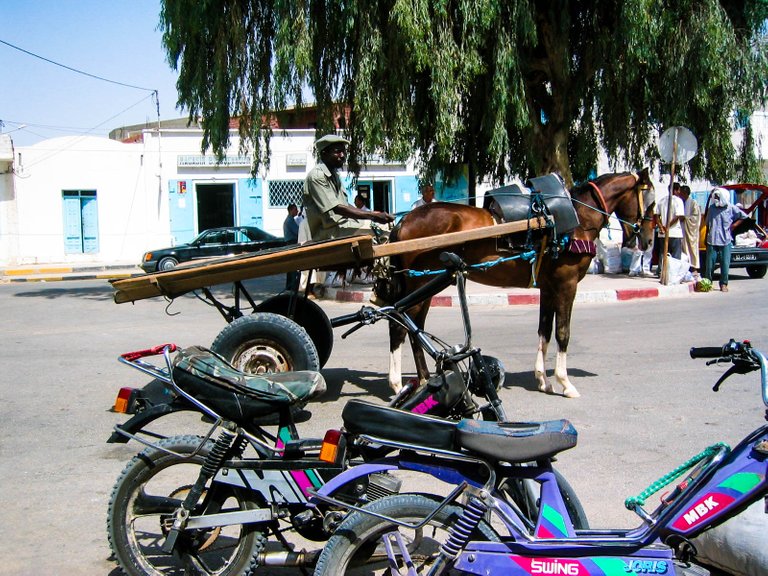

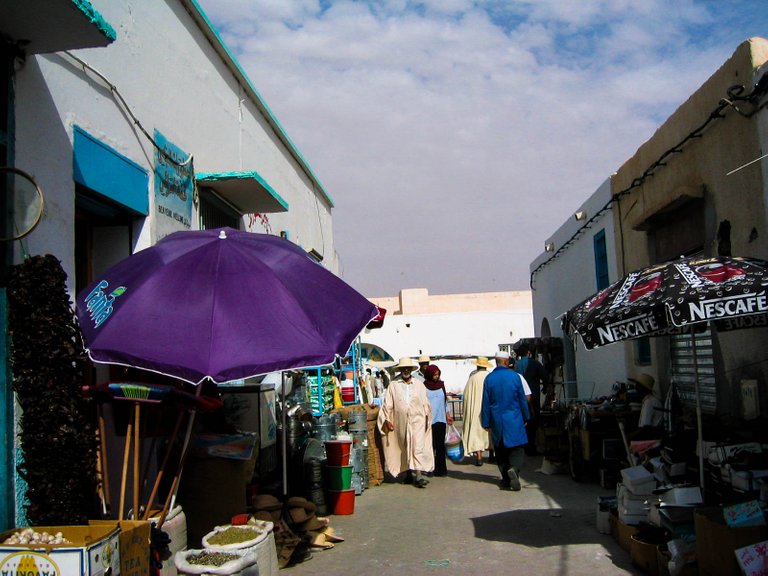
In Matmata, we were welcomed by a friendly Berber woman, and visited the troglodyte house, a traditional Berber dwelling where some Berbers still live today, and nourish their own culture and language. We were treated with a warm, freshly-baked Berber bread. The troglodyte houses are created by digging a large pit in the ground. Smaller pits are then dug around the perimeter of the cave and used as rooms. Some houses are made up of several caves connected by tunnel-like passages.
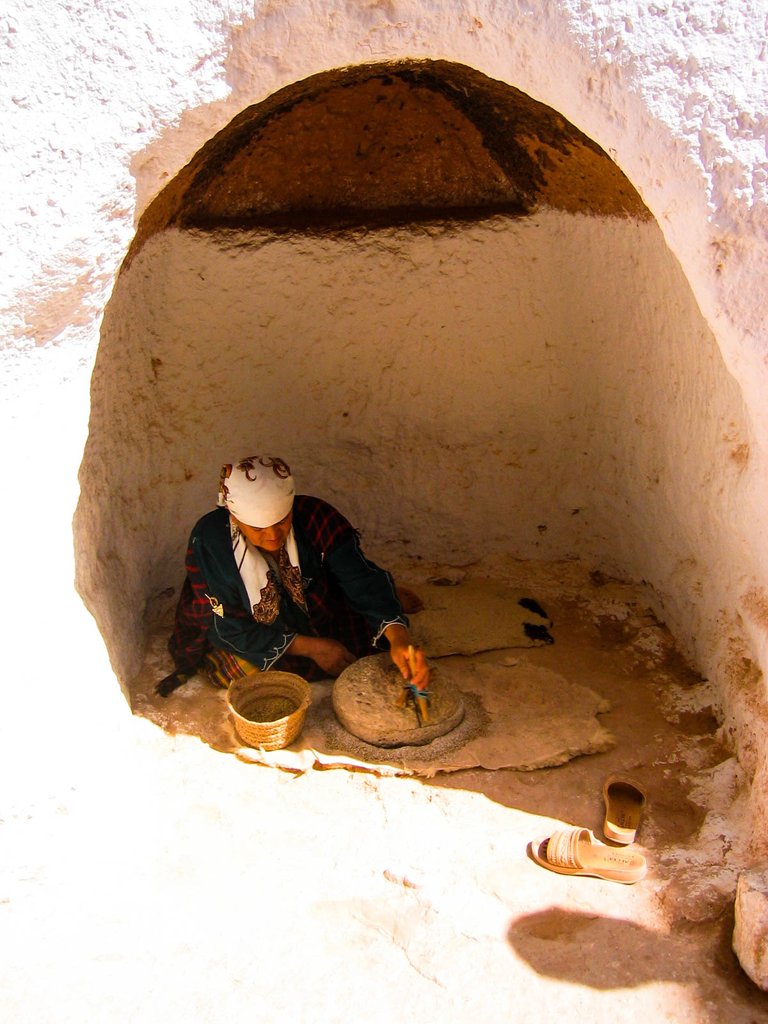
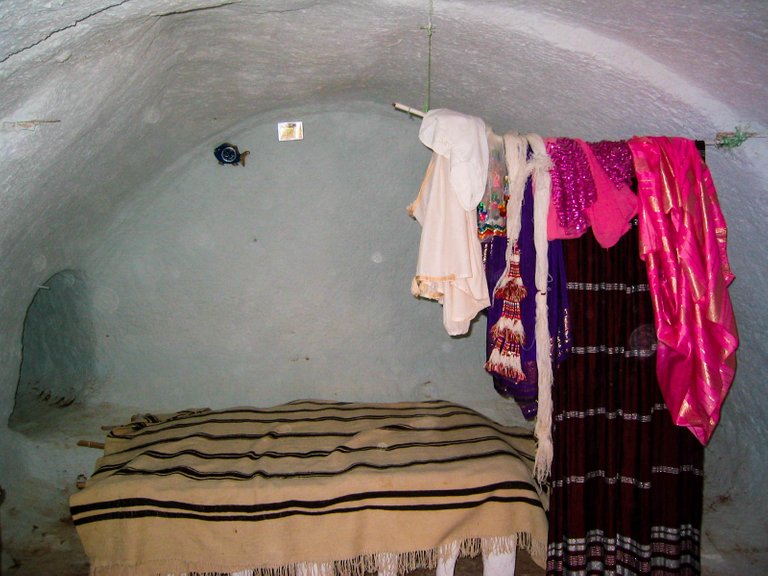
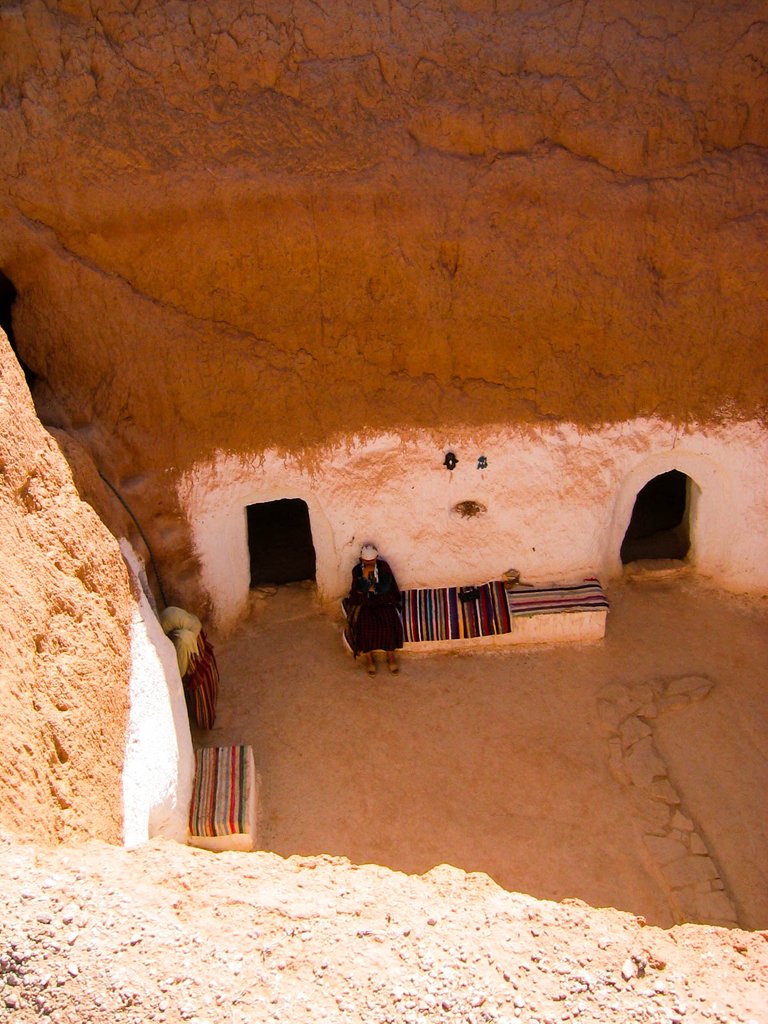
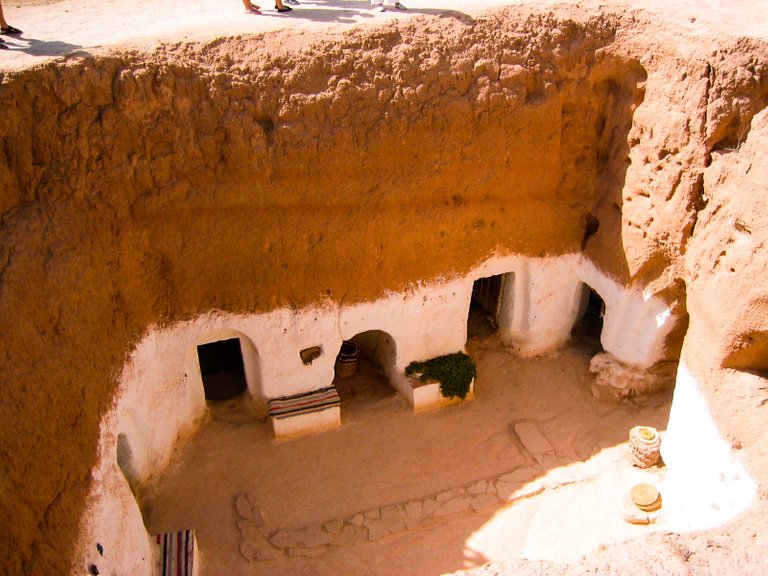
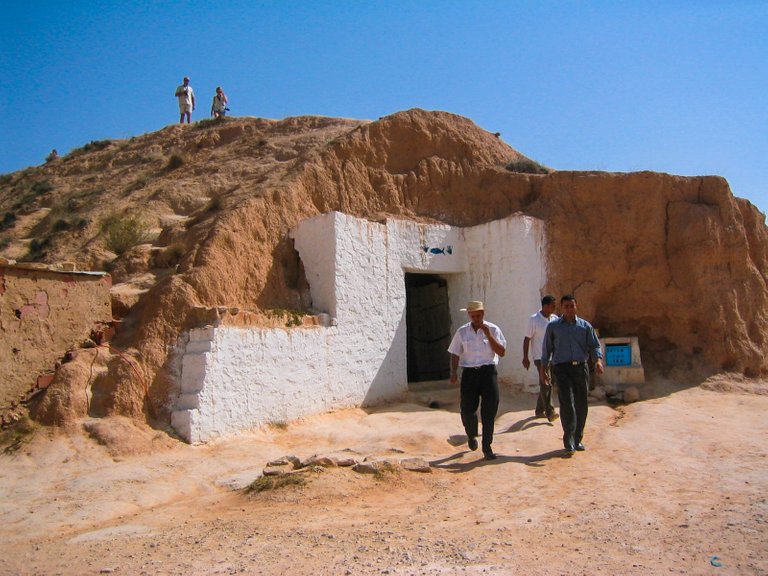
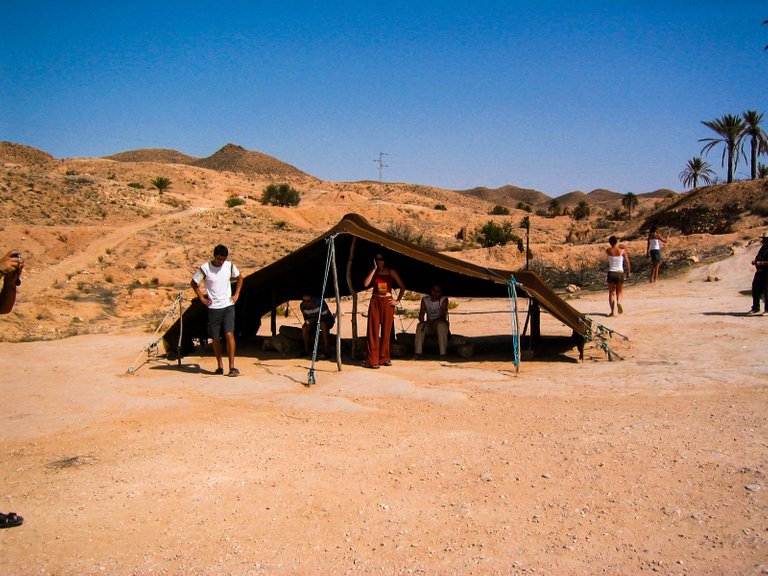
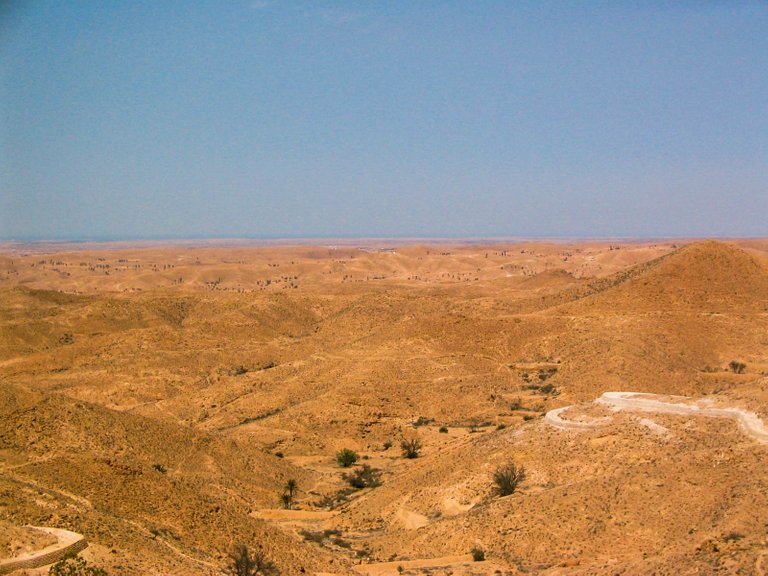

We climbed up to the ancient ruined troglodyte Berber village of Chenini, in the Tataouine district. The village dates back to the 11th century. Many scenes from Star Wars: Episode I - The Phantom Menace were filmed in this area. One of the moons of Tatooine is called Chenini.
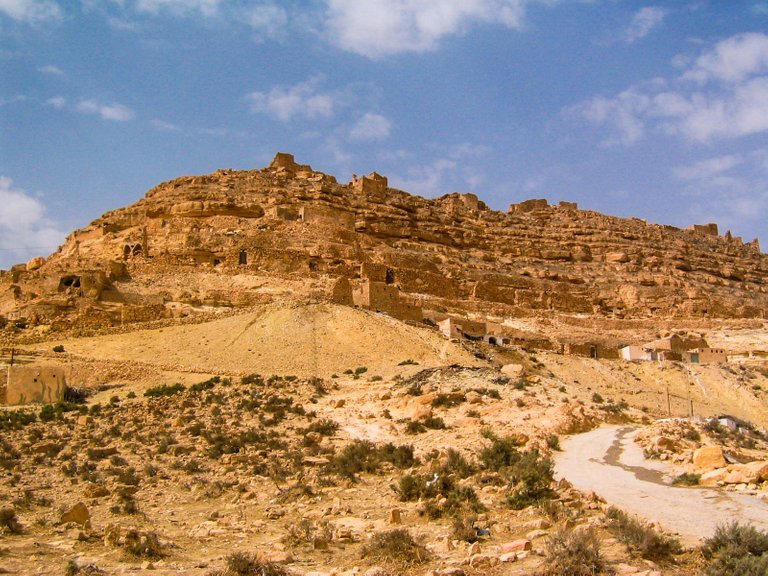
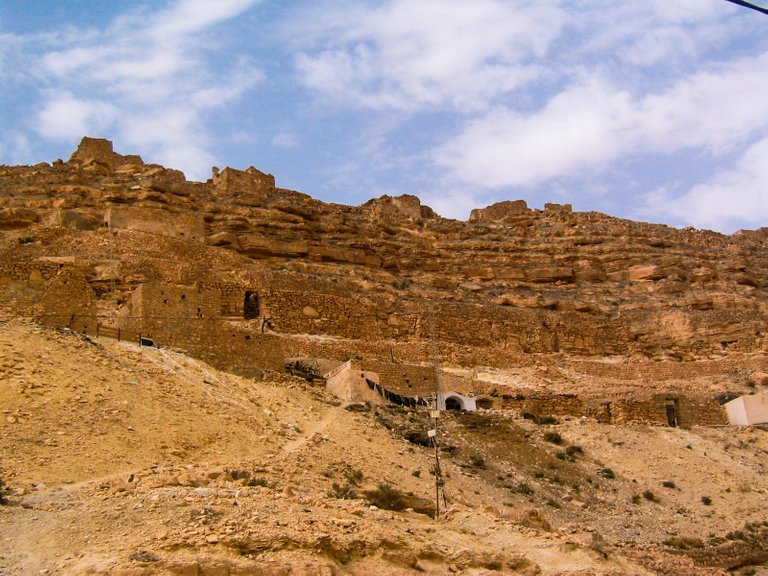
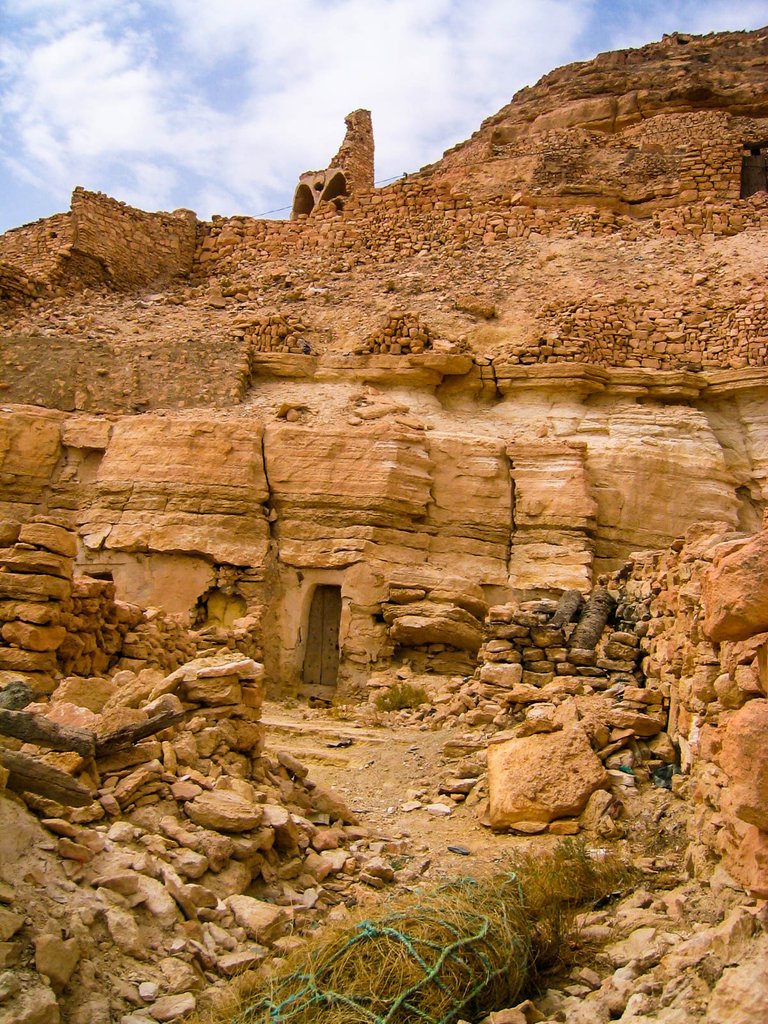
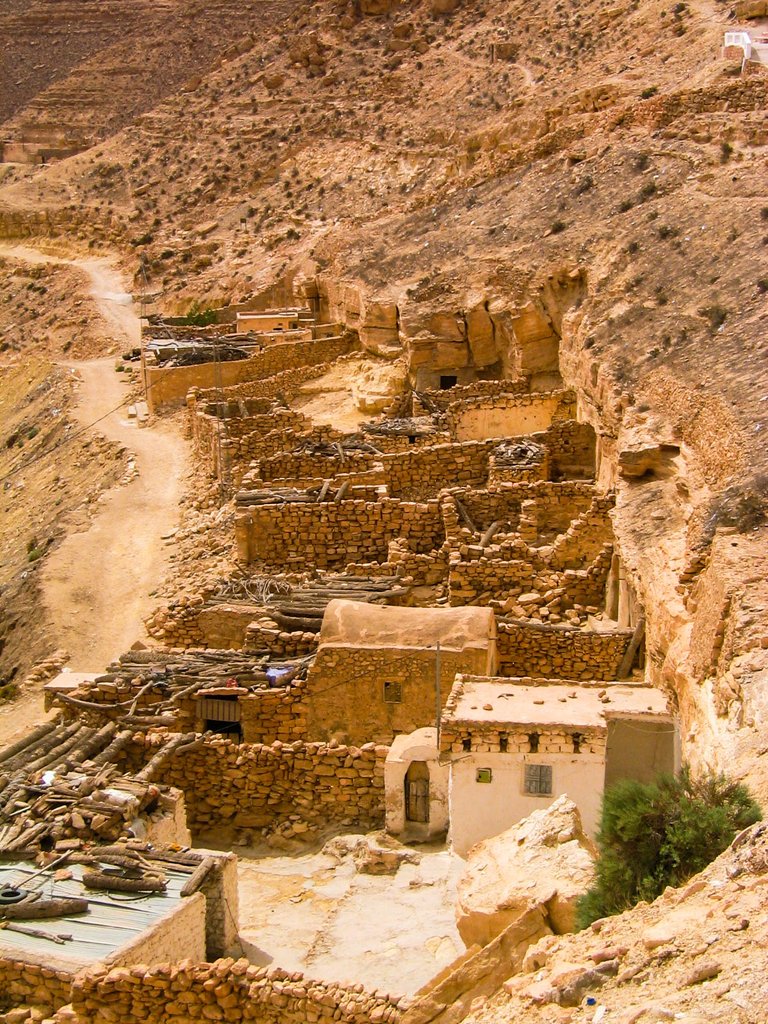
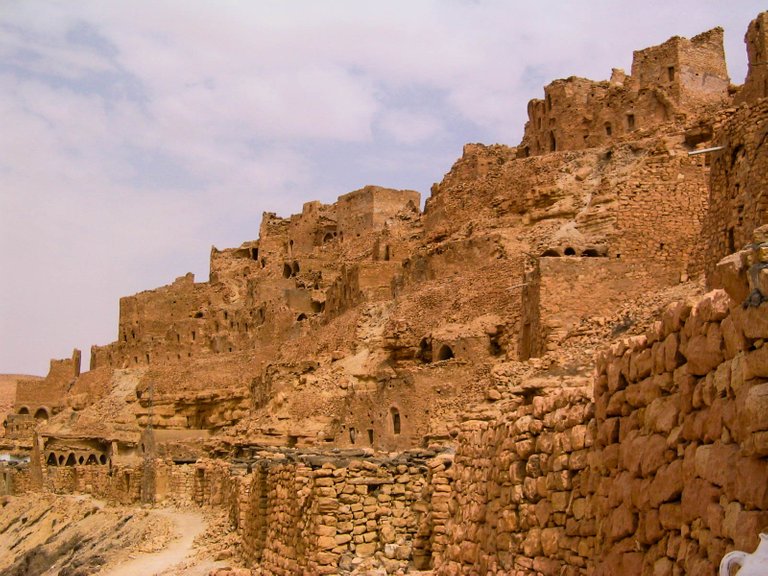
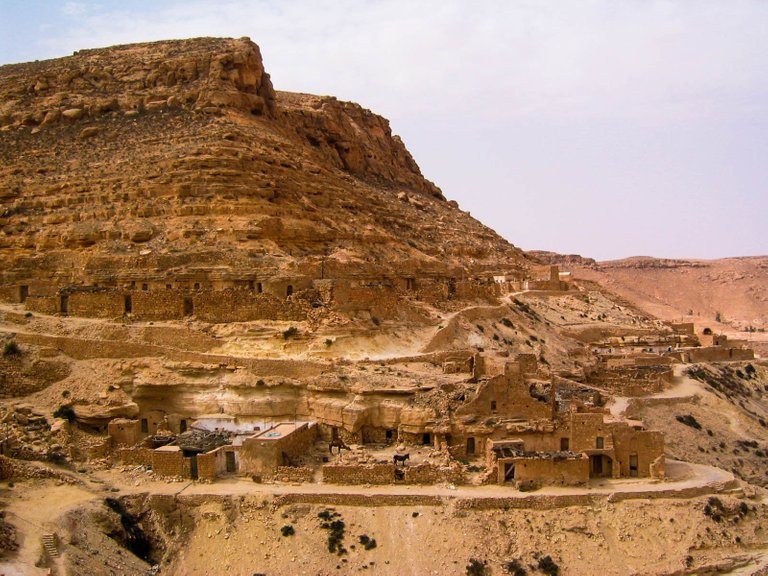

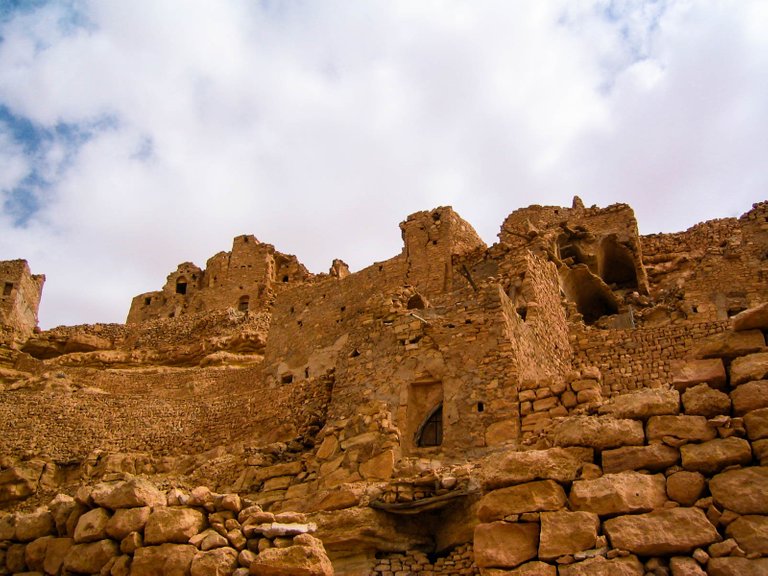
Friendly Berber woman let us make some nice porters, too.
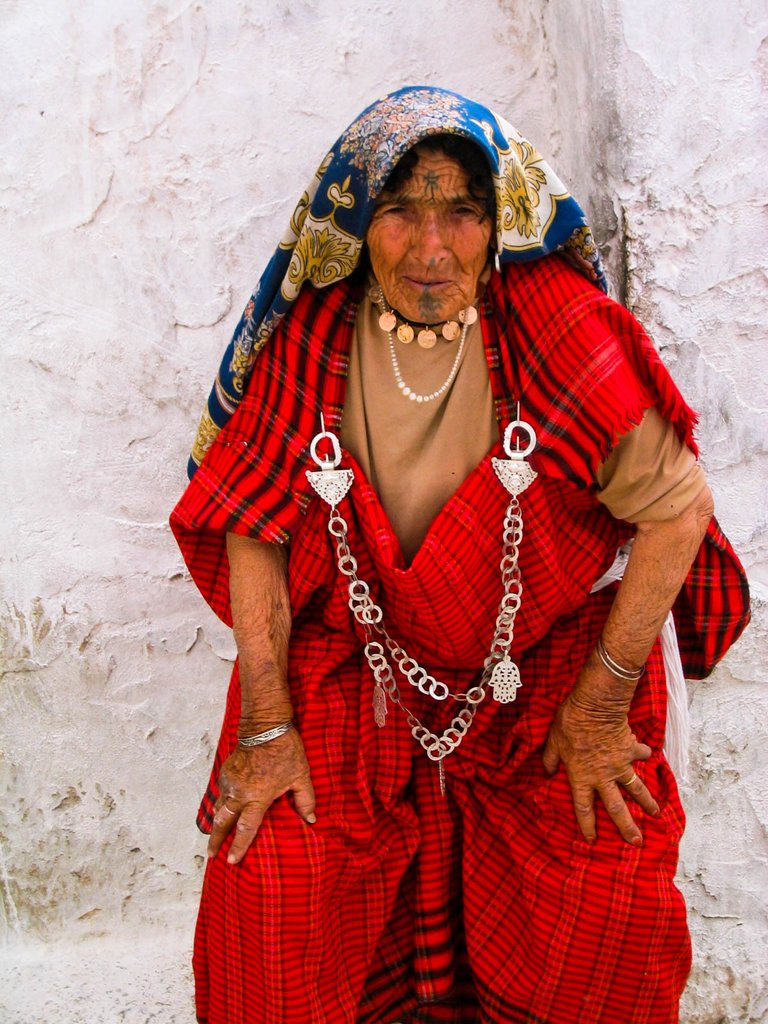
Our journey took us through the lunar landscape. Driving by many filming locations, covered with hills and hills resembling lunar craters, we arrived in the town of Ksar Hedada. It was here that the above-mentioned film was shot in 1997 (Star Wars: Episode I - The Phantom Menace.) I really felt like I was on Tatooine 🌜🔭🚀.
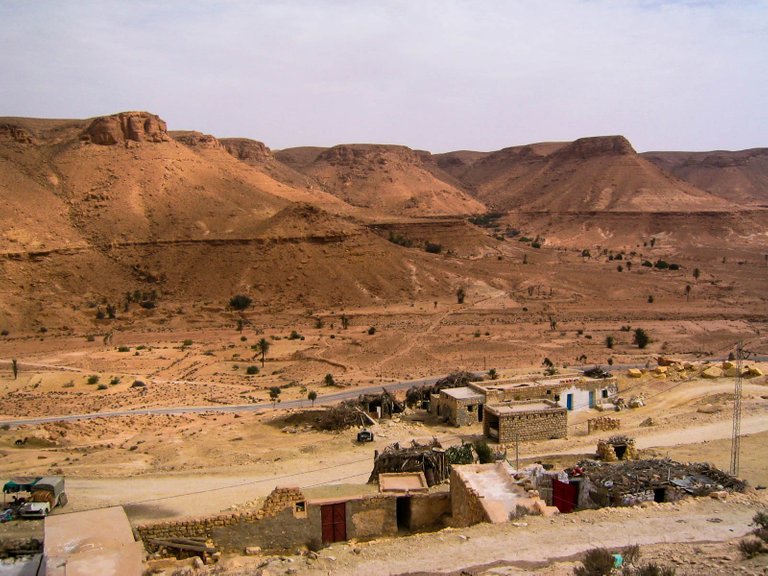
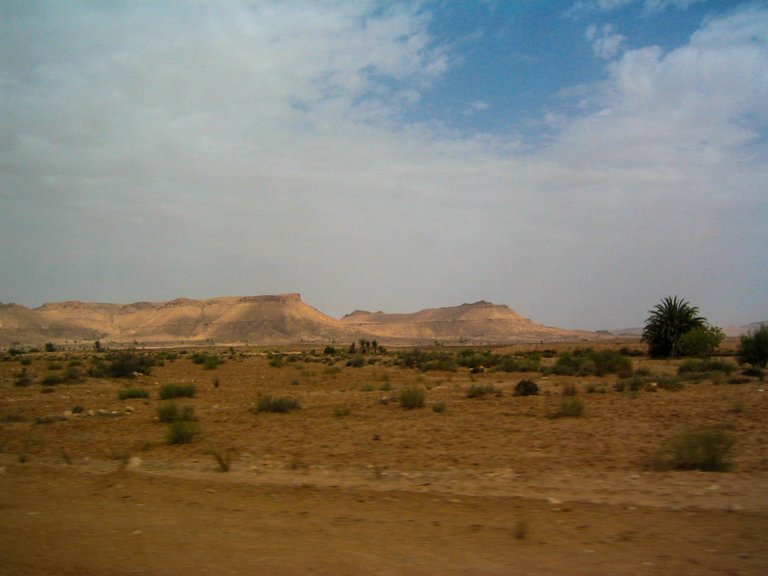
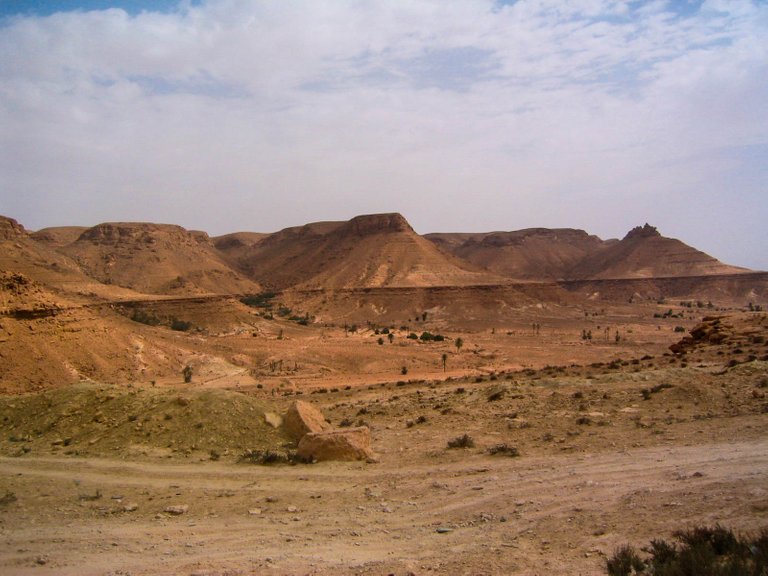
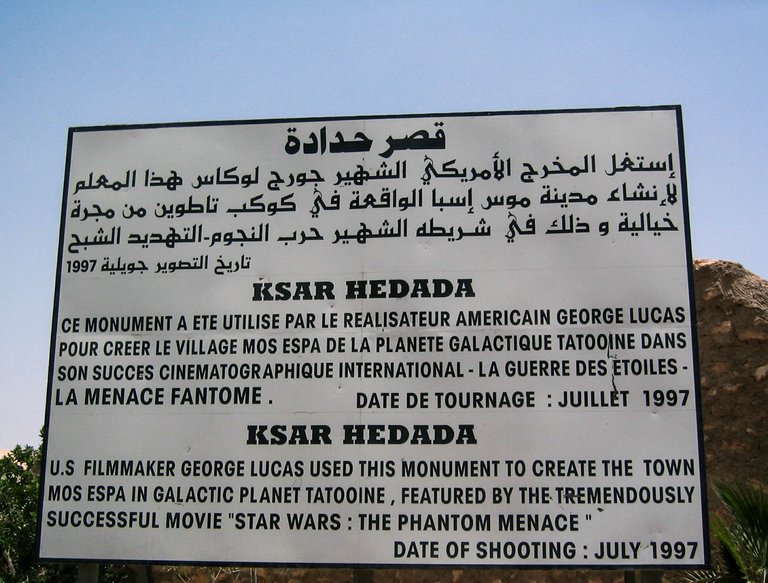
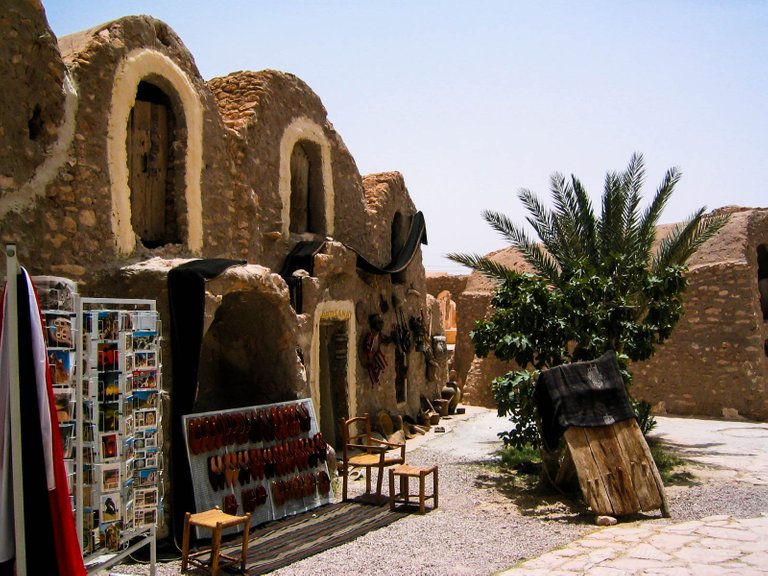
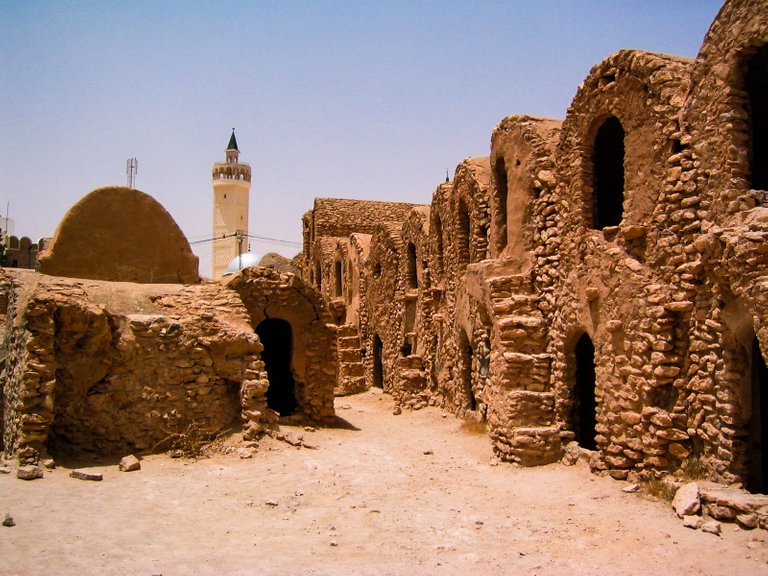
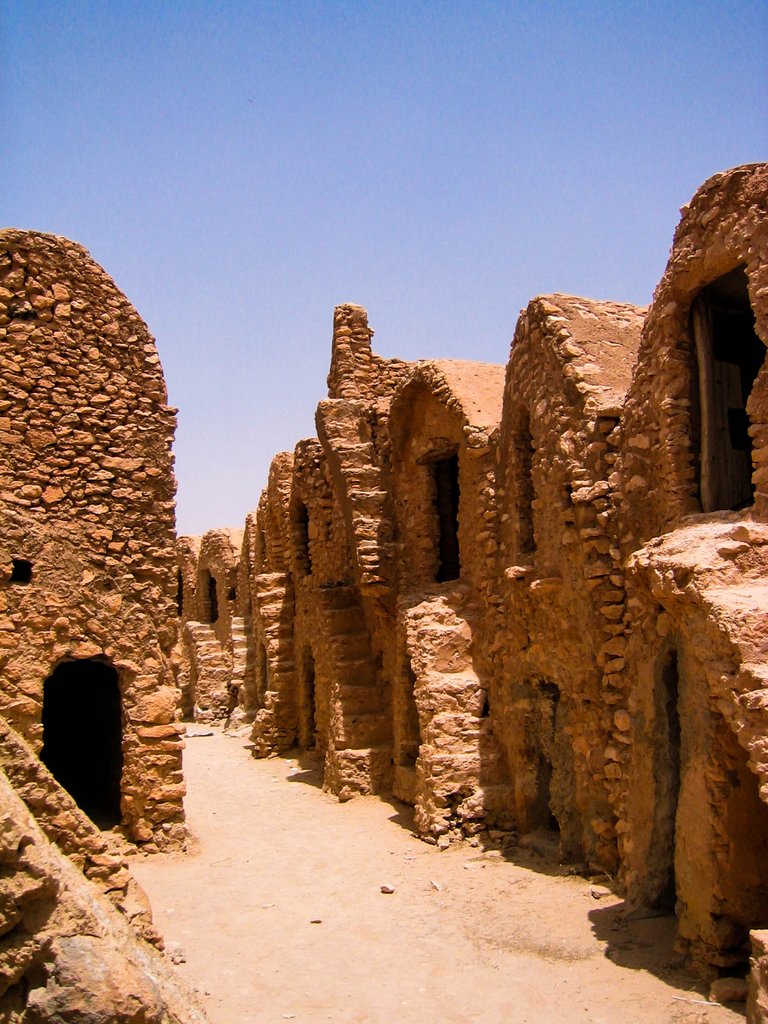
Douz (Duz), an oasis that is also known as the "Gateway to the Sahara". Here the real sand dunes begin, and we have experienced them in a very special way, on the back of a camel. By the way, we really “felt the desert” and the experience was really “pristine” since the thermometer read 47°C. I must say that locals were very organised and ready for tourist 😊, while riding in the desert under the sun we were really thirsty and needed some refreshment. Suddenly out of nothing arrived few locals on motorbikes and horses and they were selling cold drinks. Of course we paid whatever they’ve asked without barging…. 😅

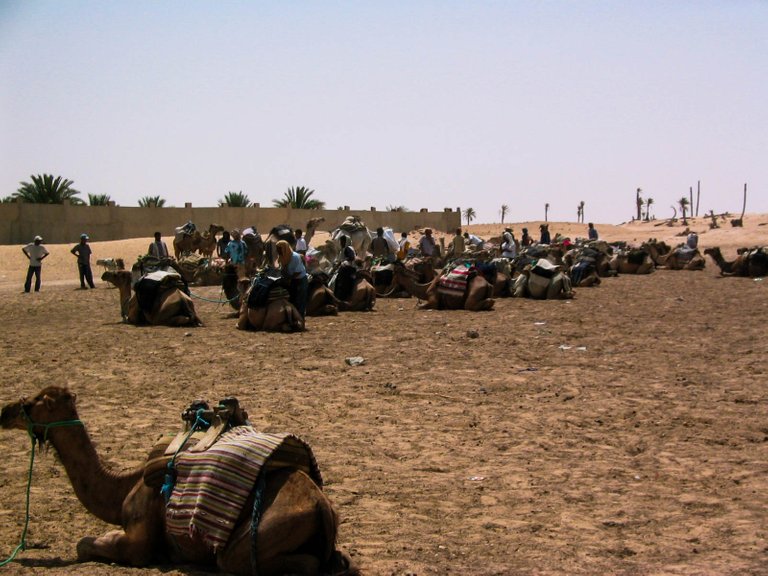
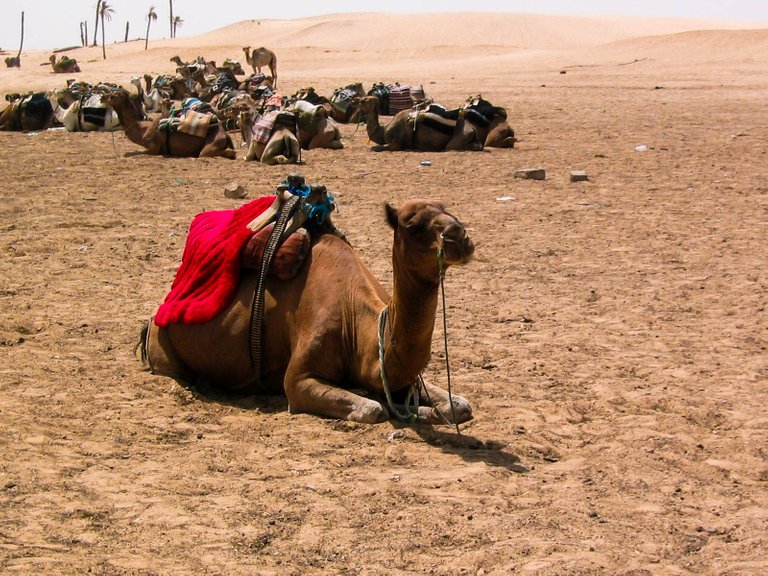
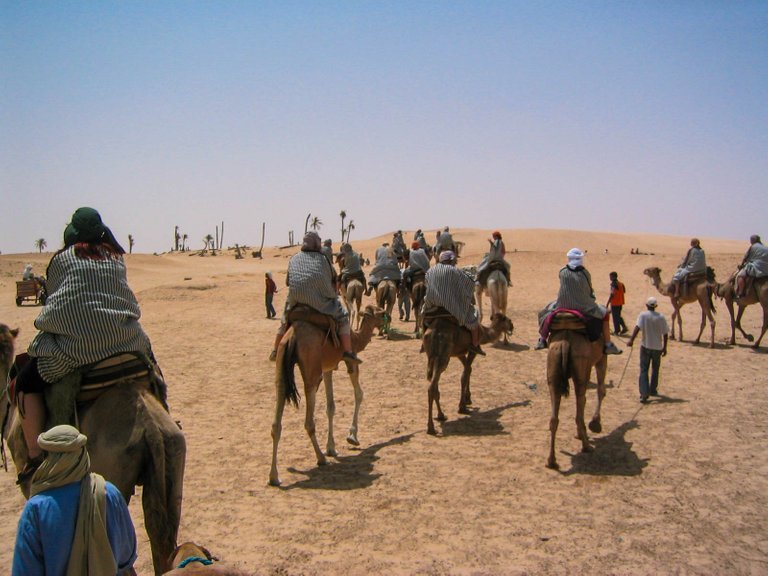
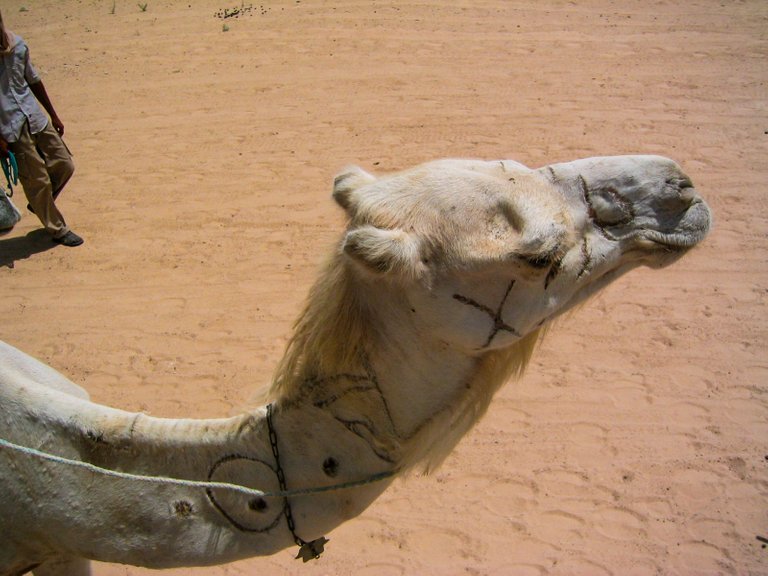

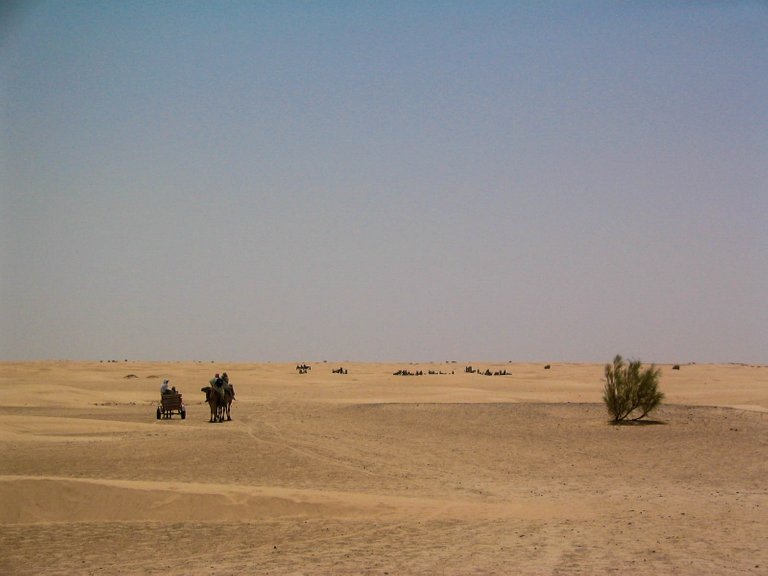
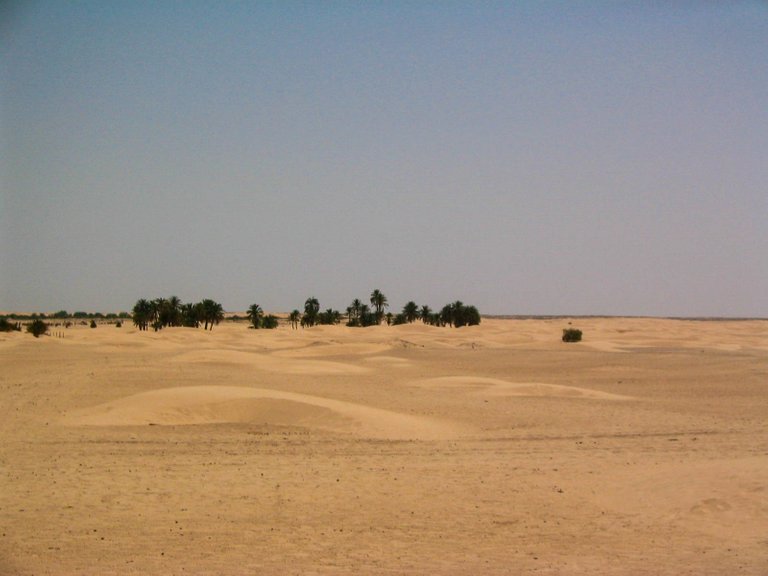
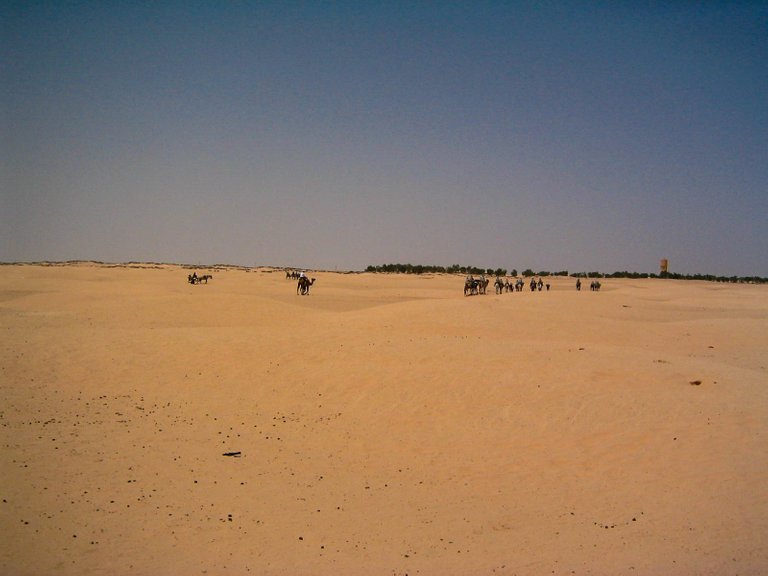
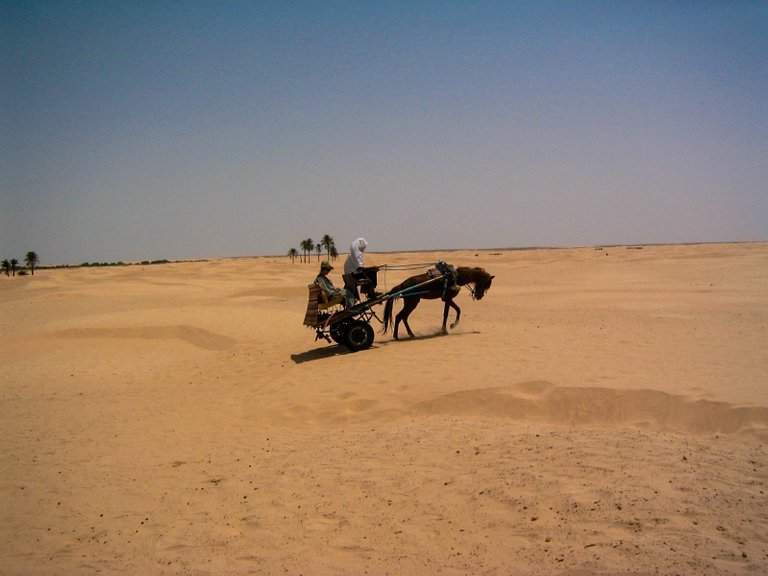
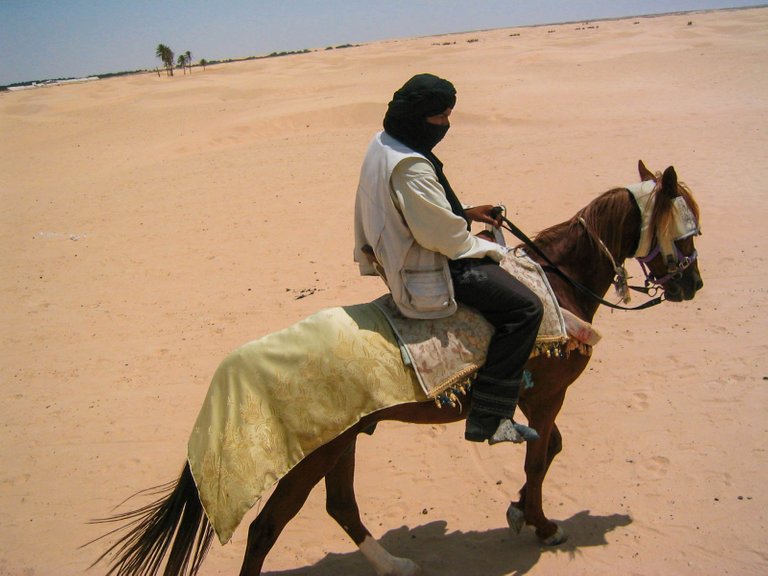
Driving through Tunisia with jeeps and crossing the sand dunes was really fun! One of the favourites spots of my wife was the salt lake, Chott El Jerid. There is no water in the salt lake, since the sea has receded, and all you can see are "small puddles" of water, mud and, of course, salt. The salt lake offers spectacular images of mixing colours and we also discovered the secret of “the desert rose” (we brought one home, of course). The salt from the lake is used mainly for industry - much of it is exported for gritting winter snow-covered roads.
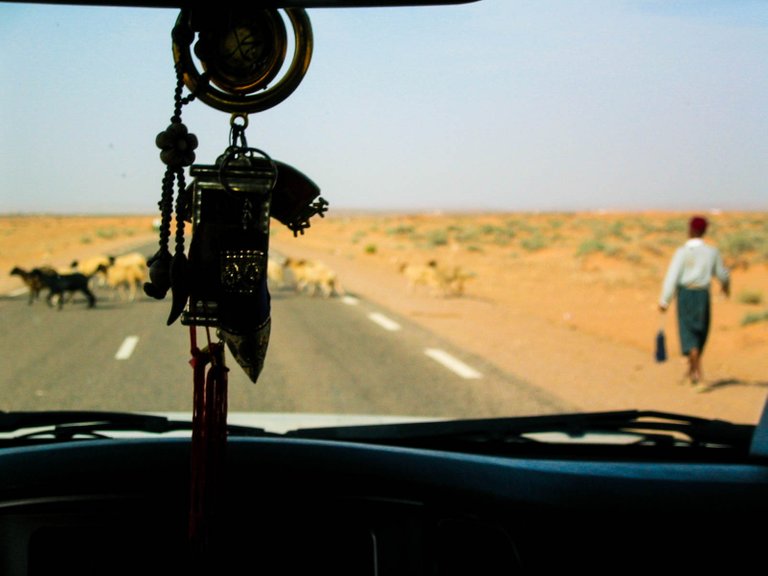

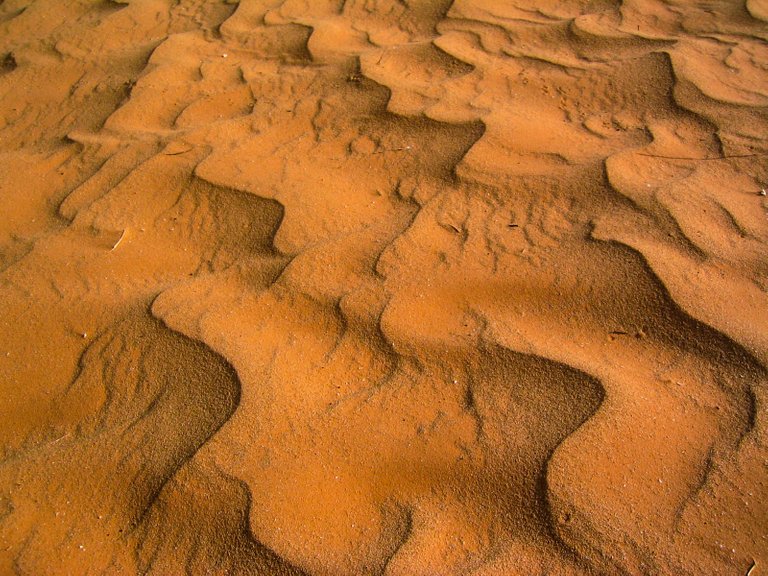
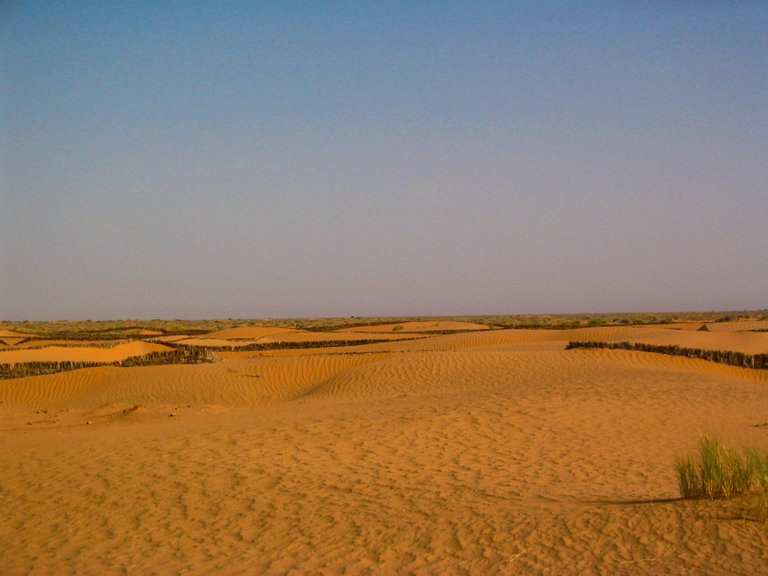
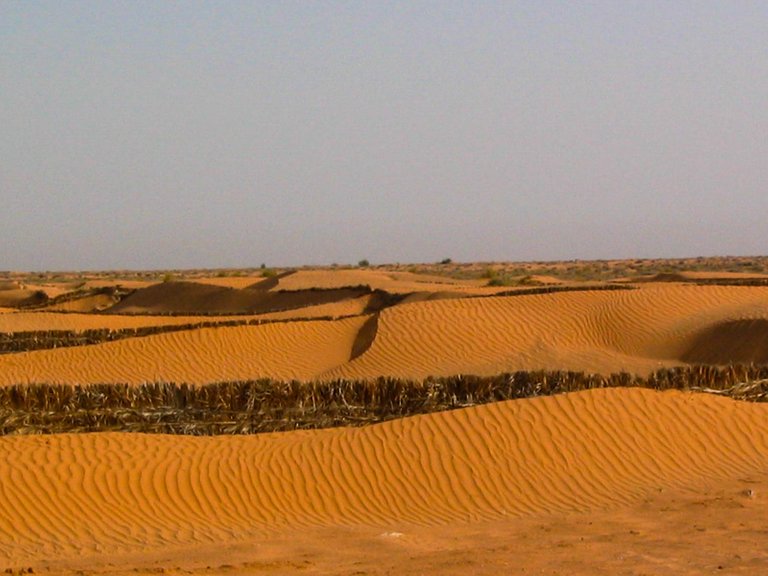
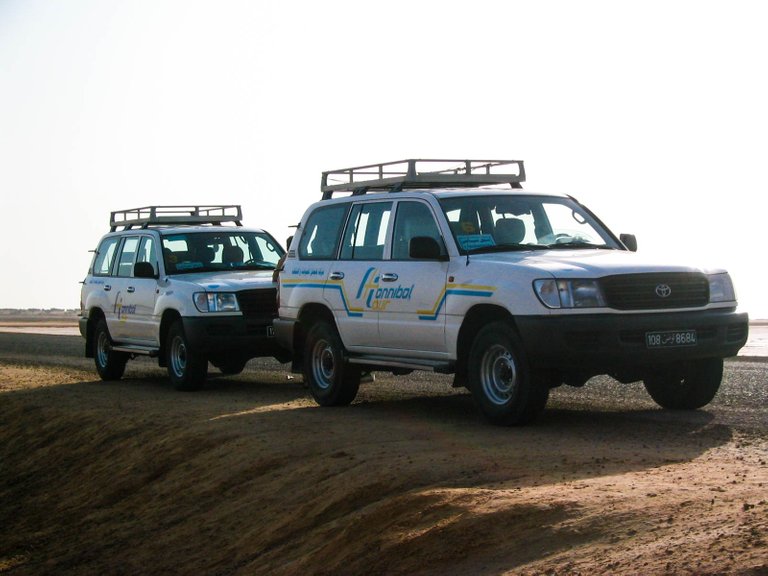
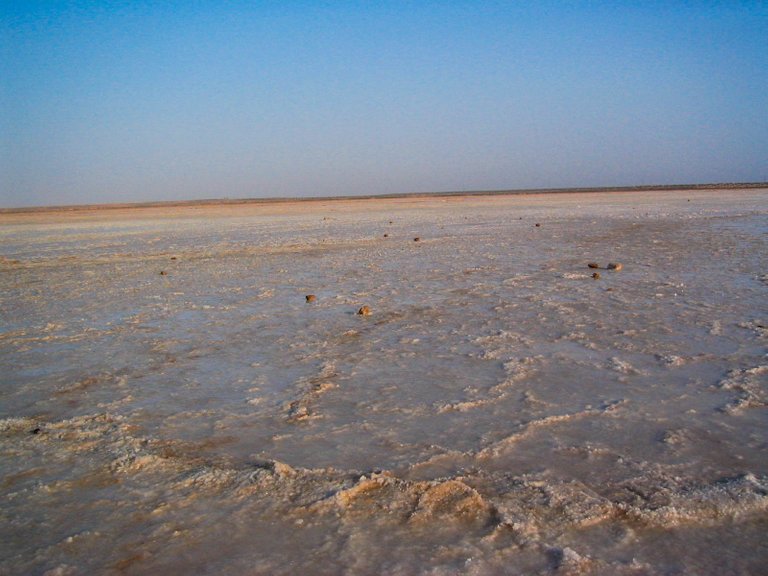
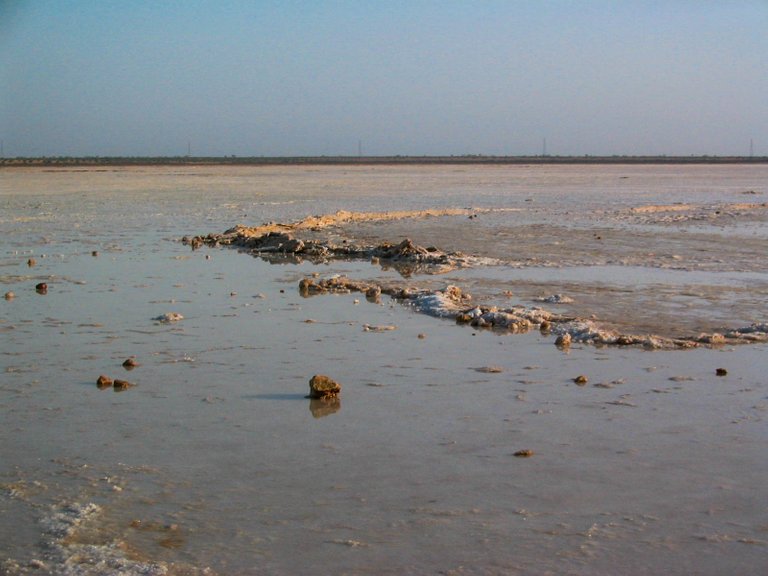

Our desert rose
This time we returned to the island of Djerba by ferry.
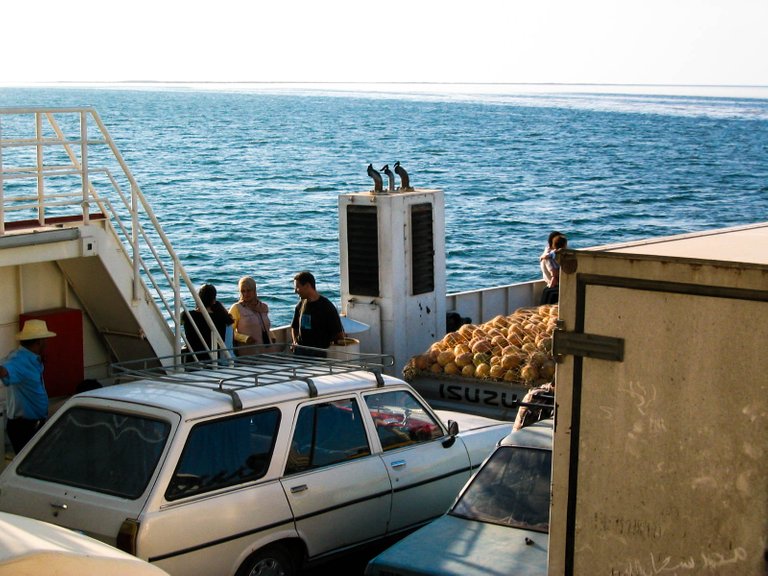
While on Djerba, we were able to visit Djerba Explore Park, which includes the Lalla Hadria Museum and the Crocodile Farm. The museum displays art from Tunisia and the Muslim world.
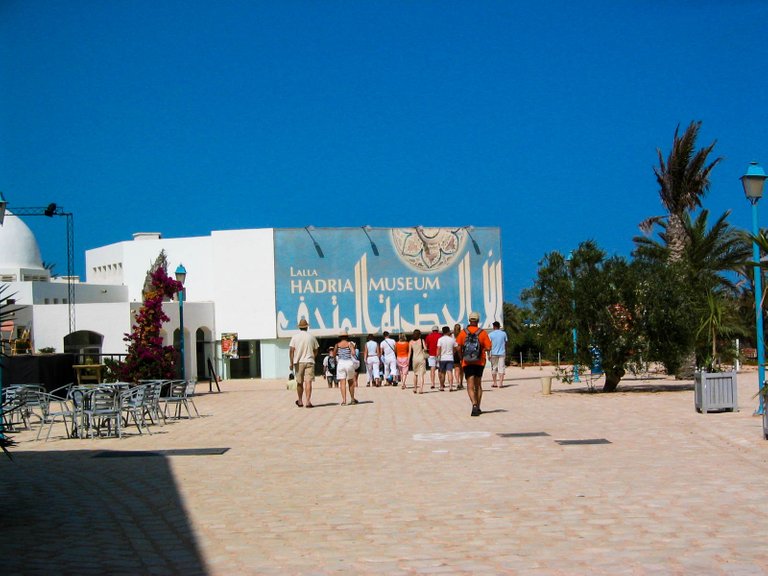
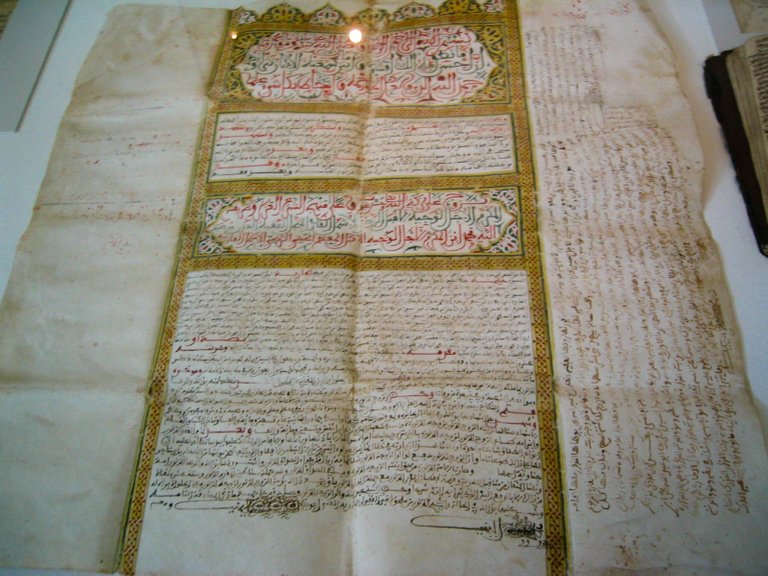
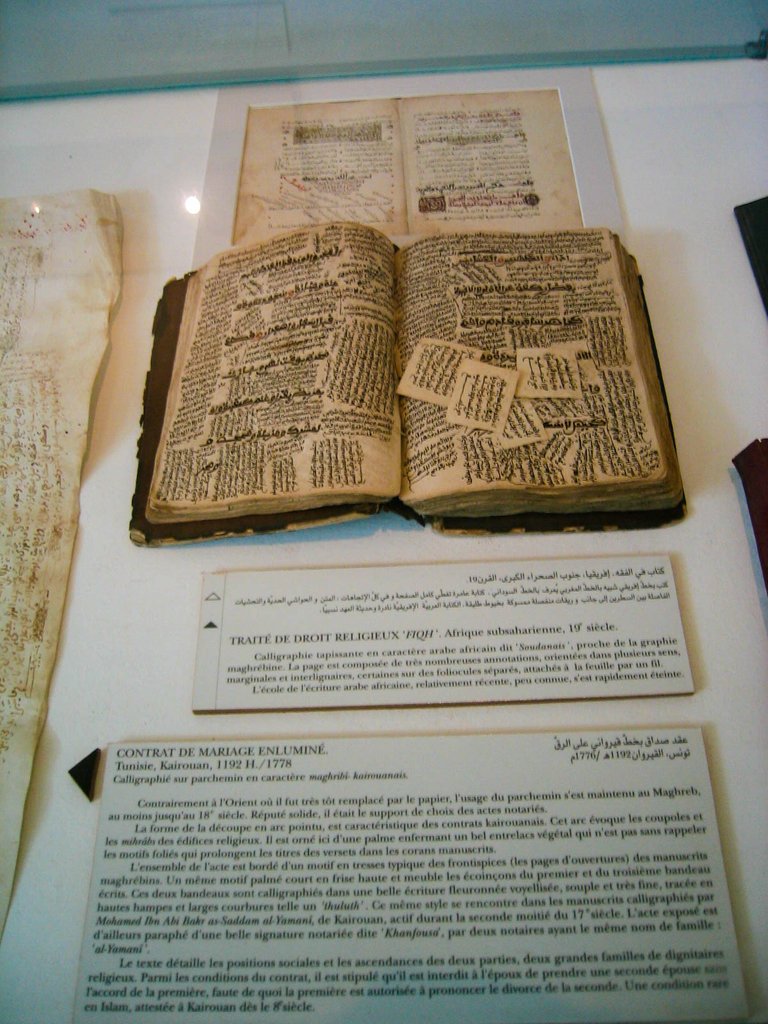
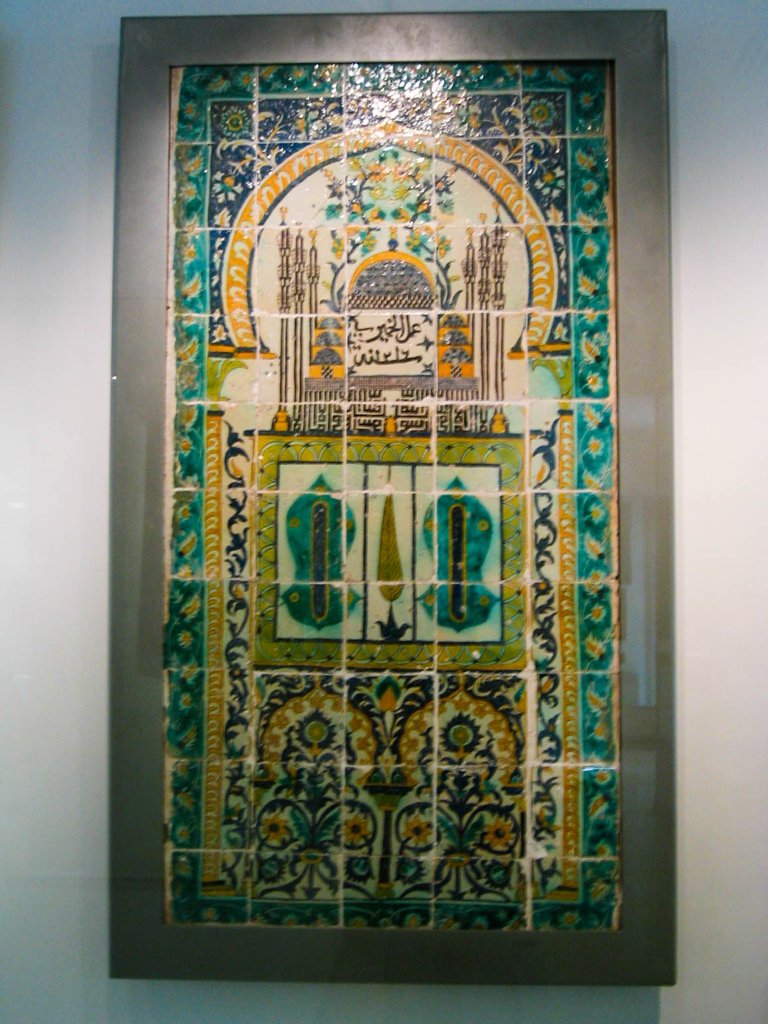
What to say about the crocodile farm? Crocodiles have been around since the time of the dinosaurs. The largest Nile crocodiles that inhabited the island of Djerba could grow up to 5 metres in length. An adult reptile can weigh up to 900 kg. During our visit, it was just their feeding time. It was quite an impressive scene… They gave them whole chickens and when you hear their jaws clapping, it makes you think...
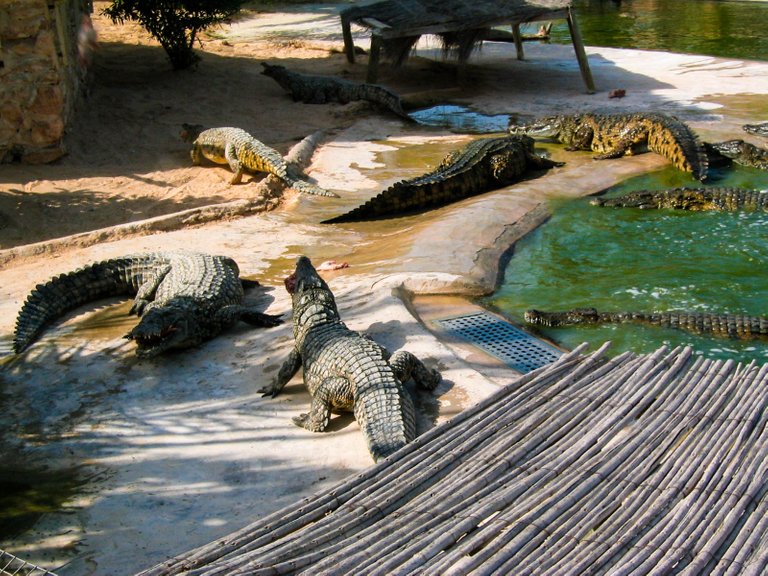
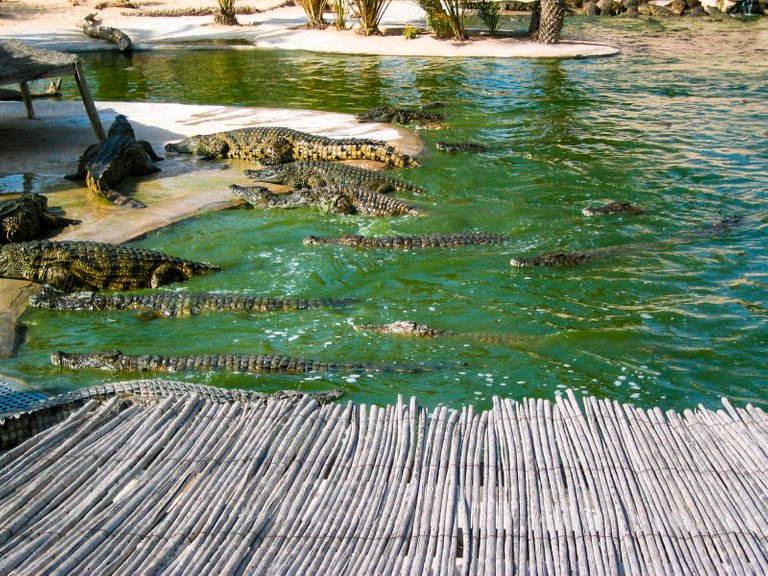
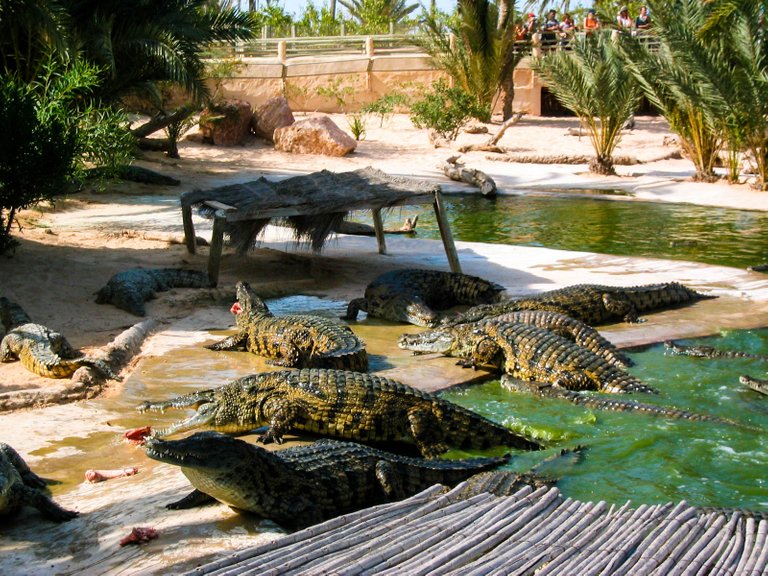
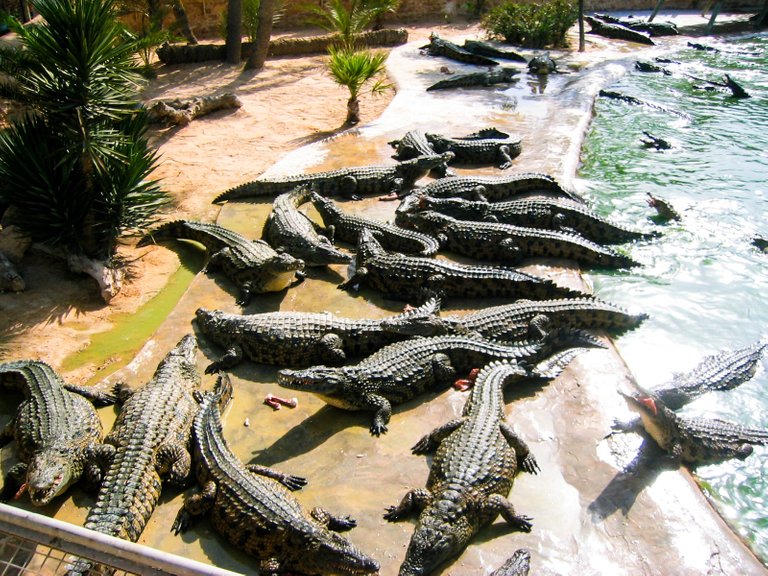
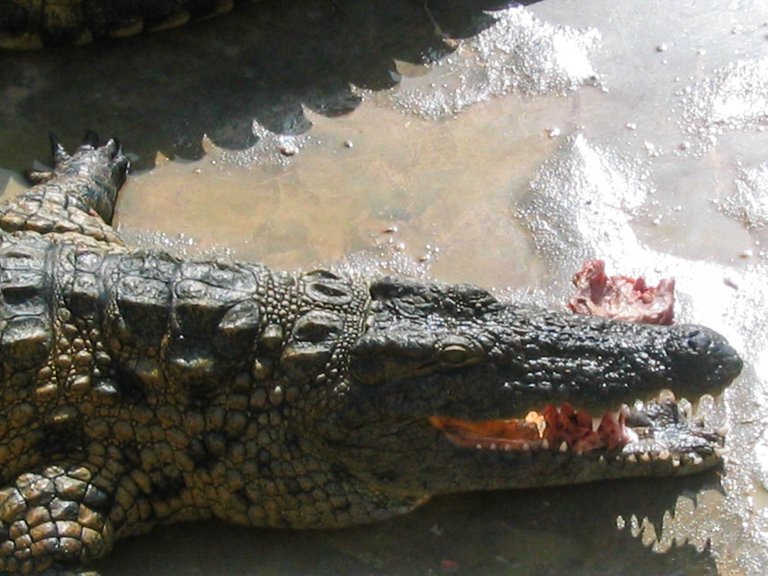

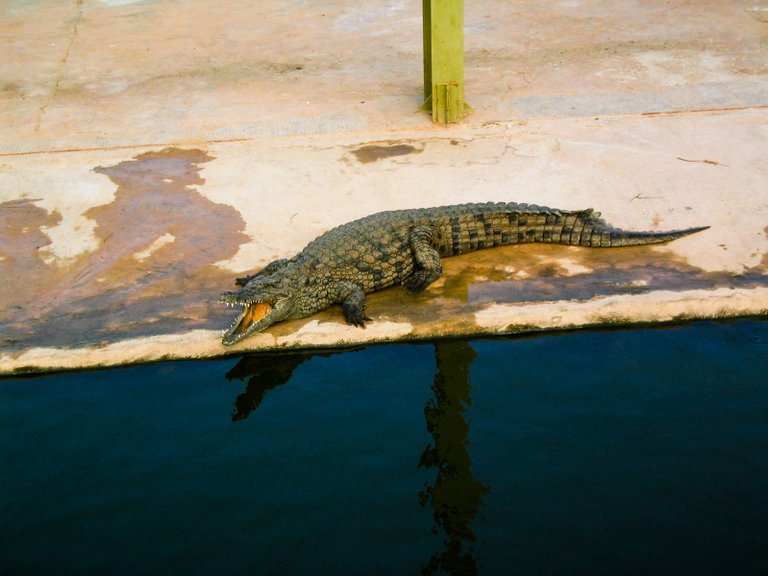
The island is, of course, famous for its long sandy beaches, where you can relax and enjoy yourself under the hot African sun.
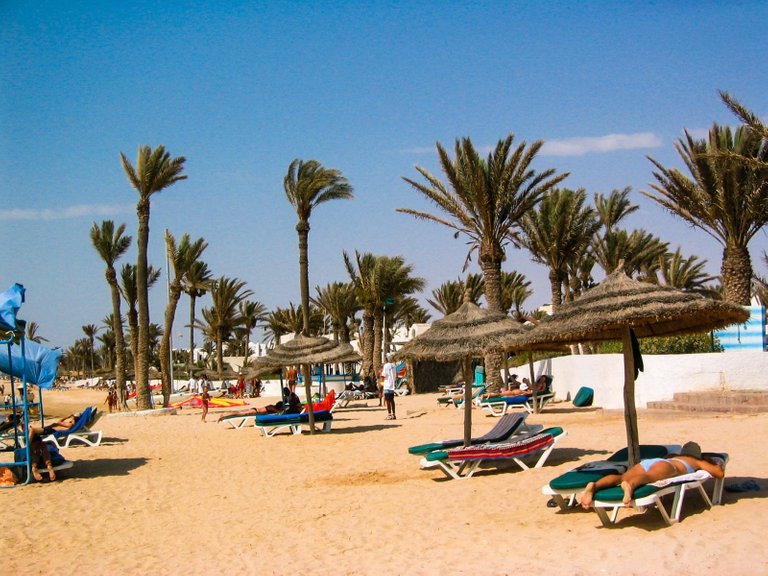
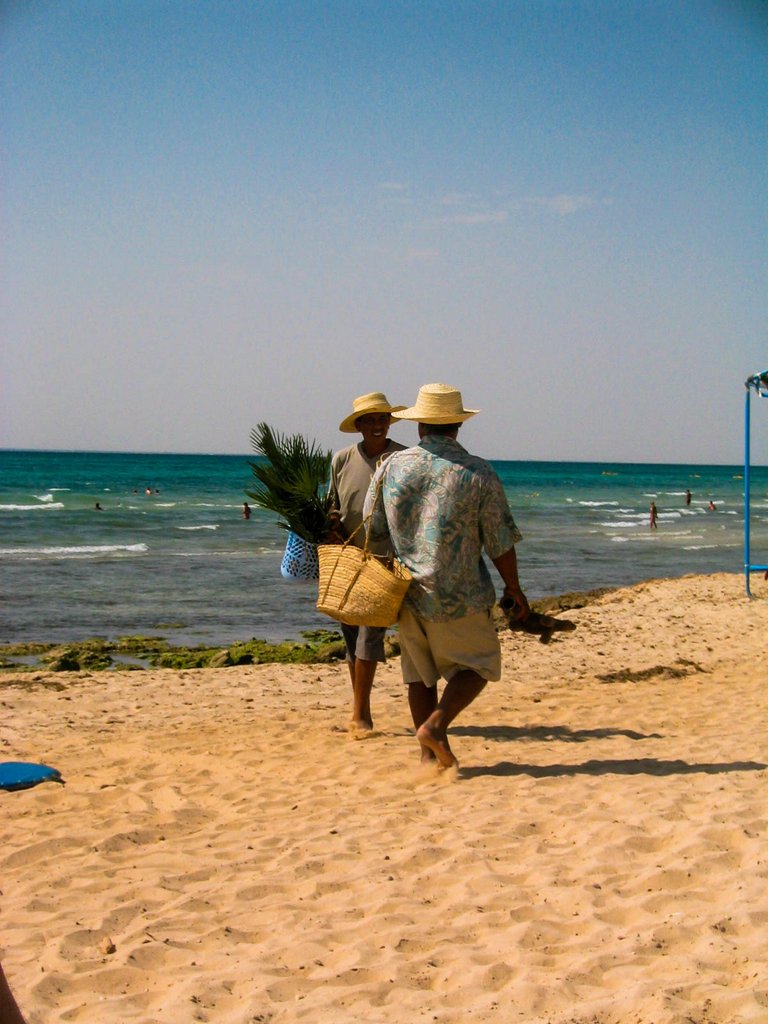

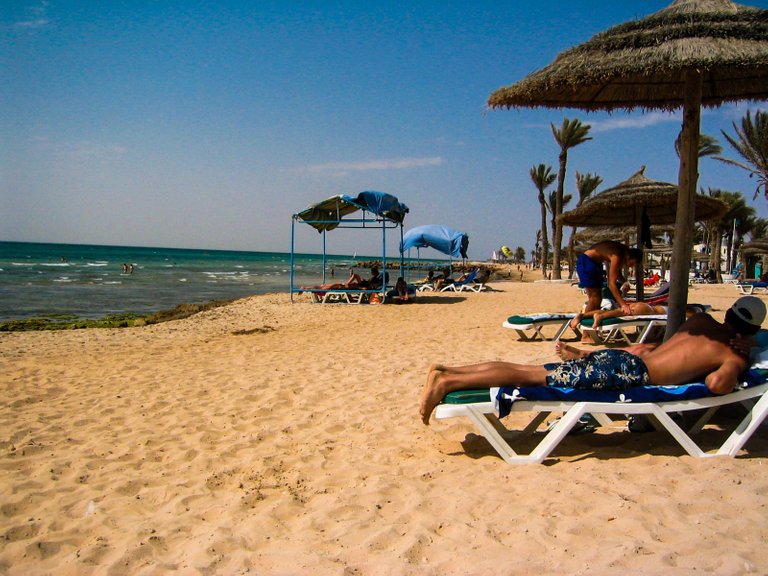
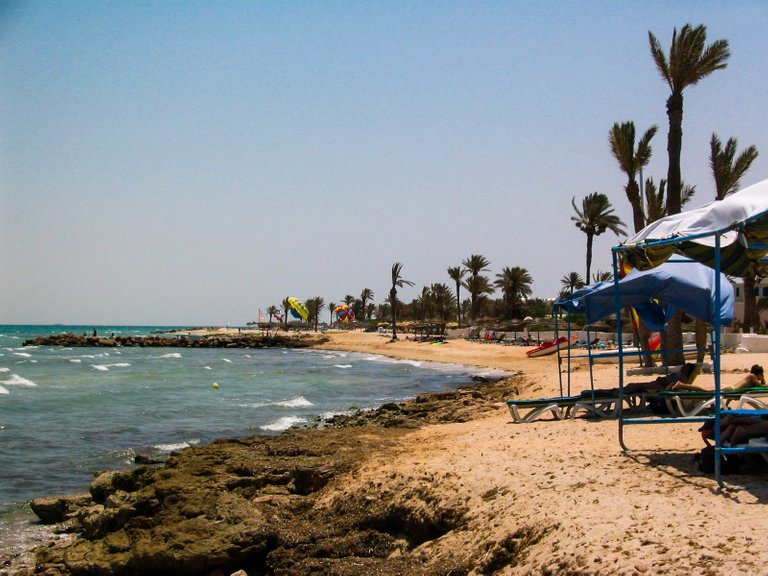

Date palm with dates,...
We decided also for the visit to Flamingo Island – it was a themed sailing on a “pirate boat “with entertainment. Once on the island “our pirates” turned into chefs and later into entertainers with an original programme.
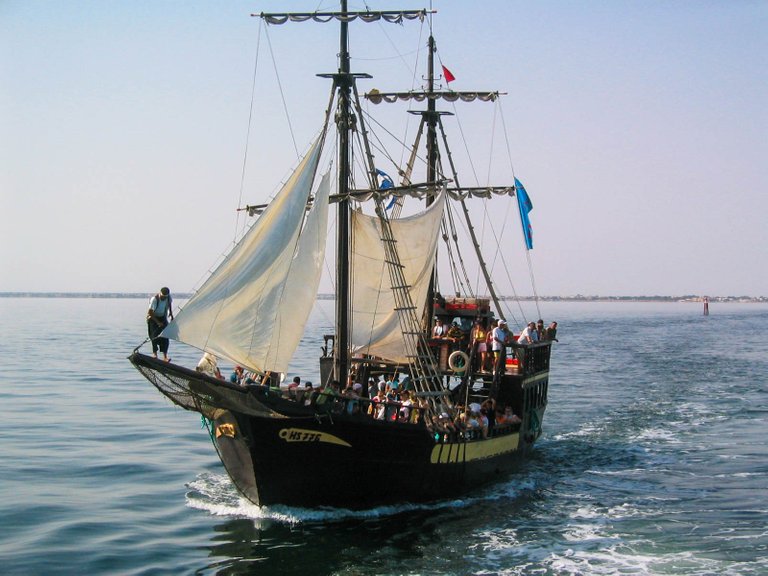
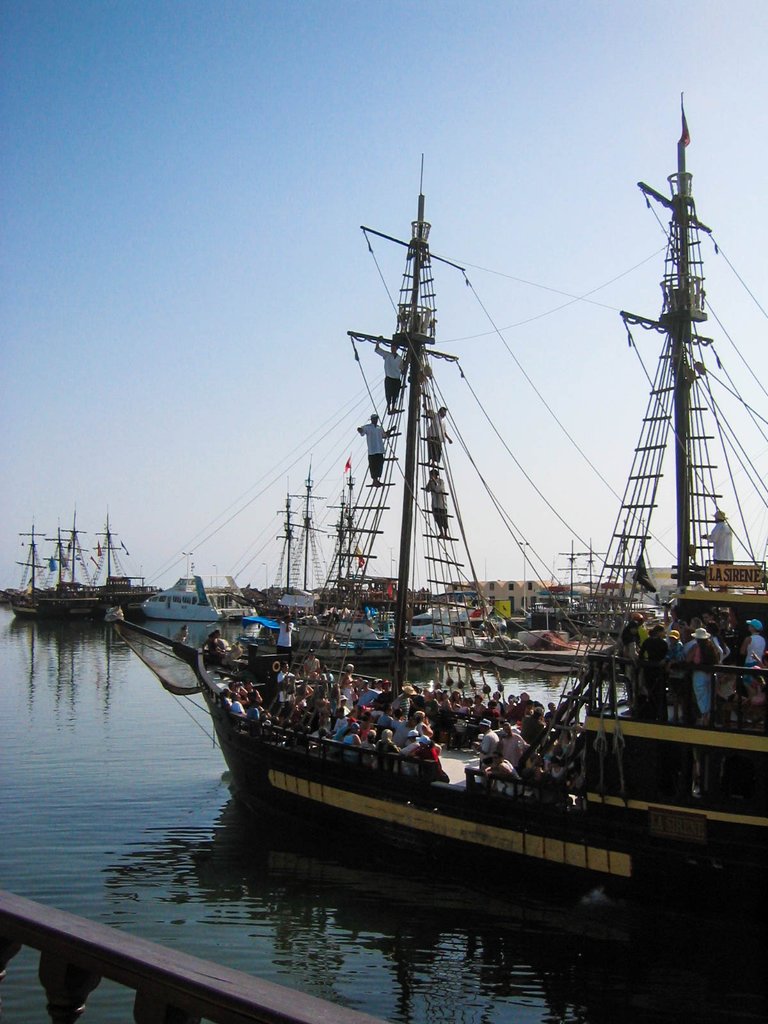
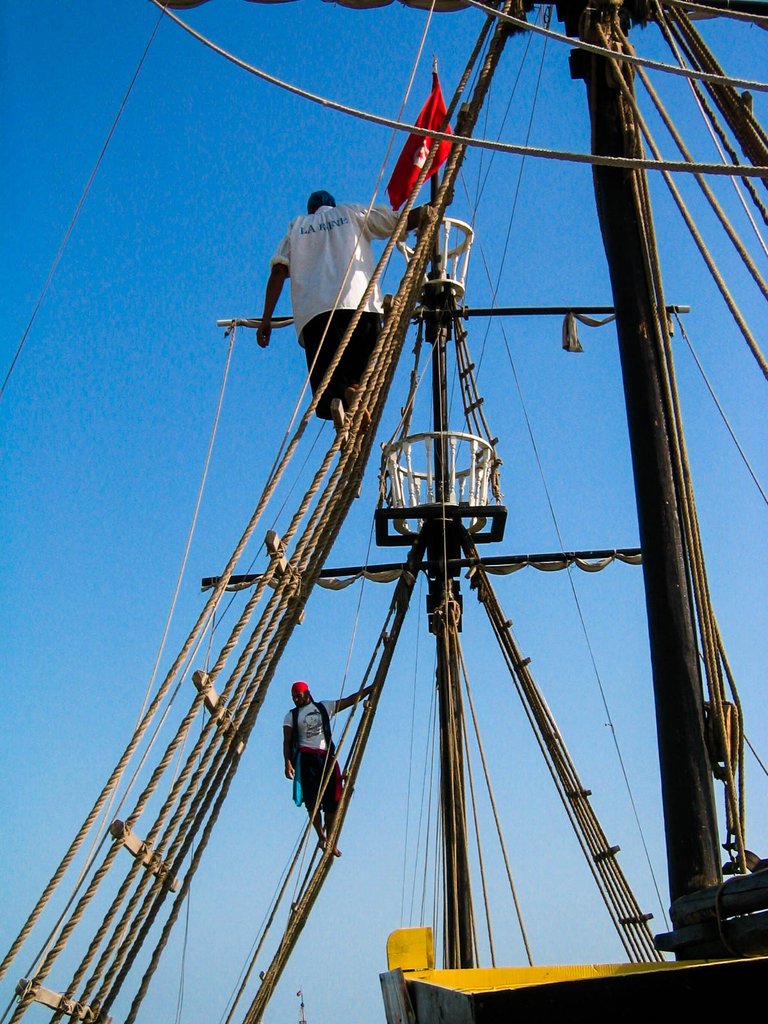
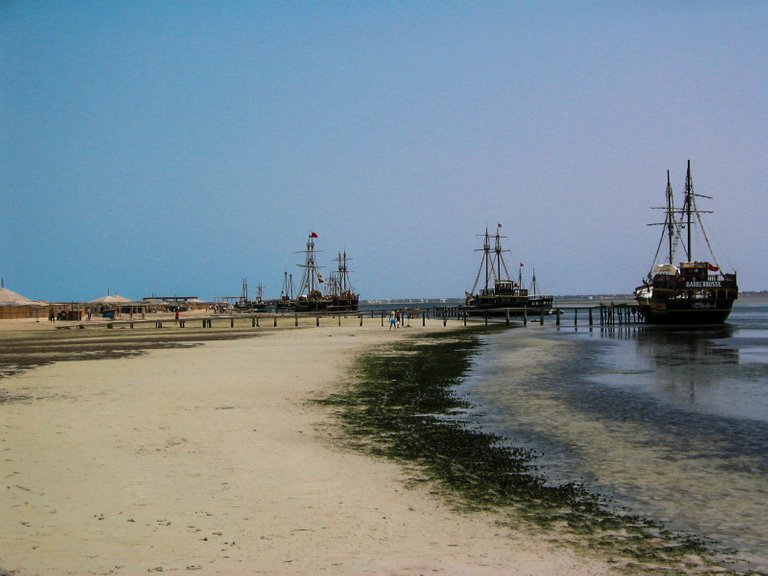
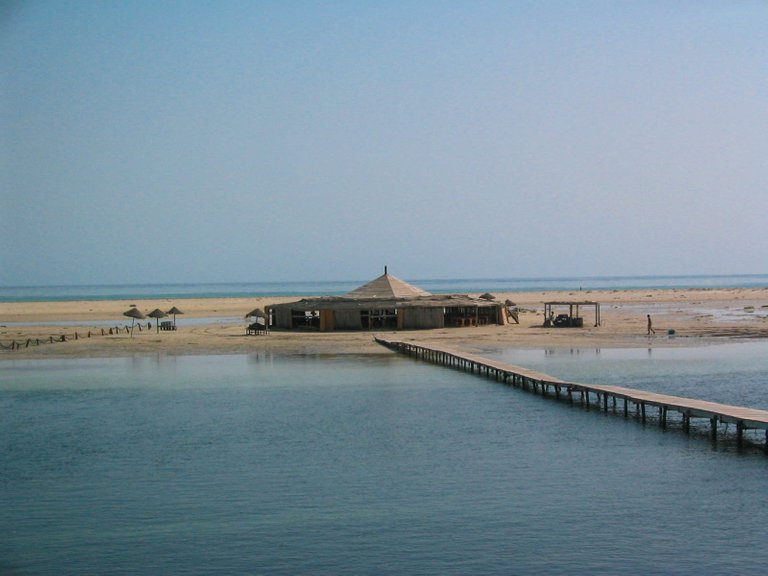
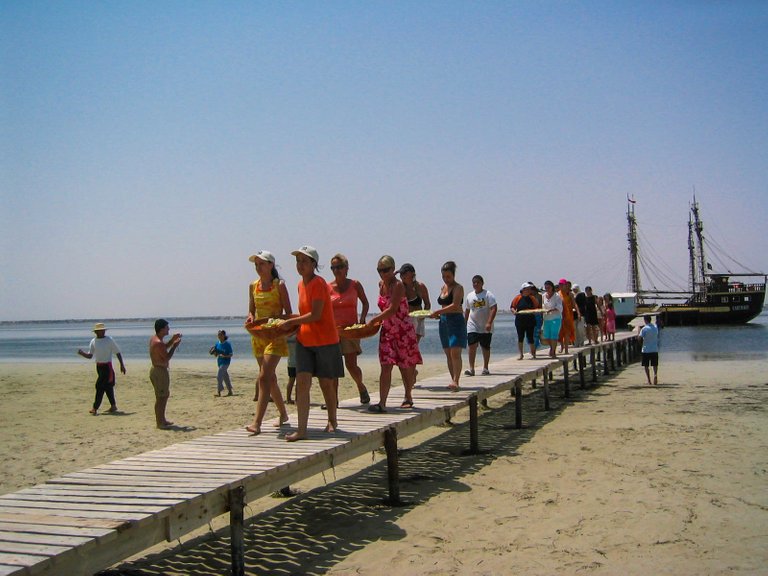
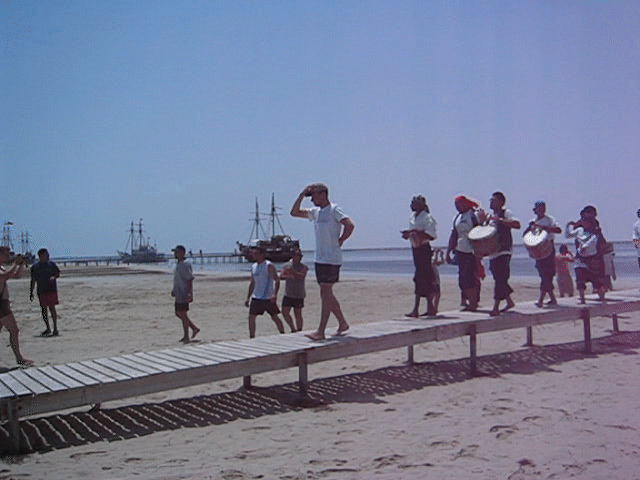
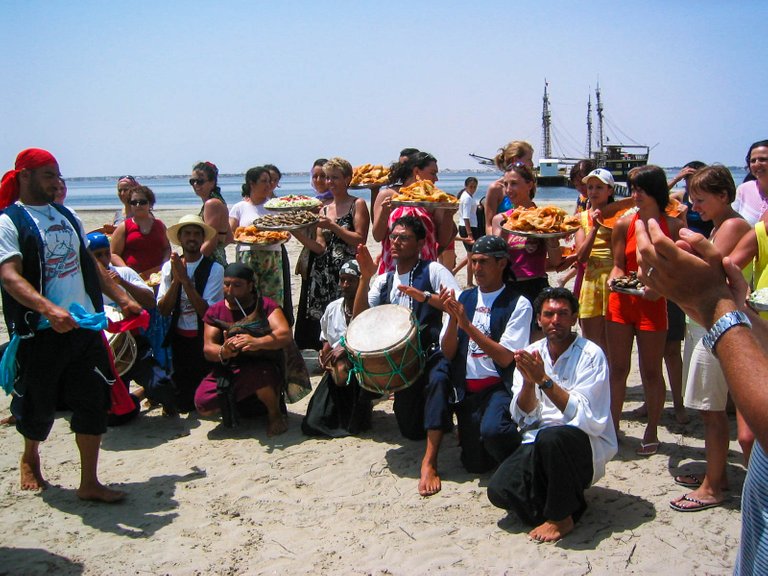
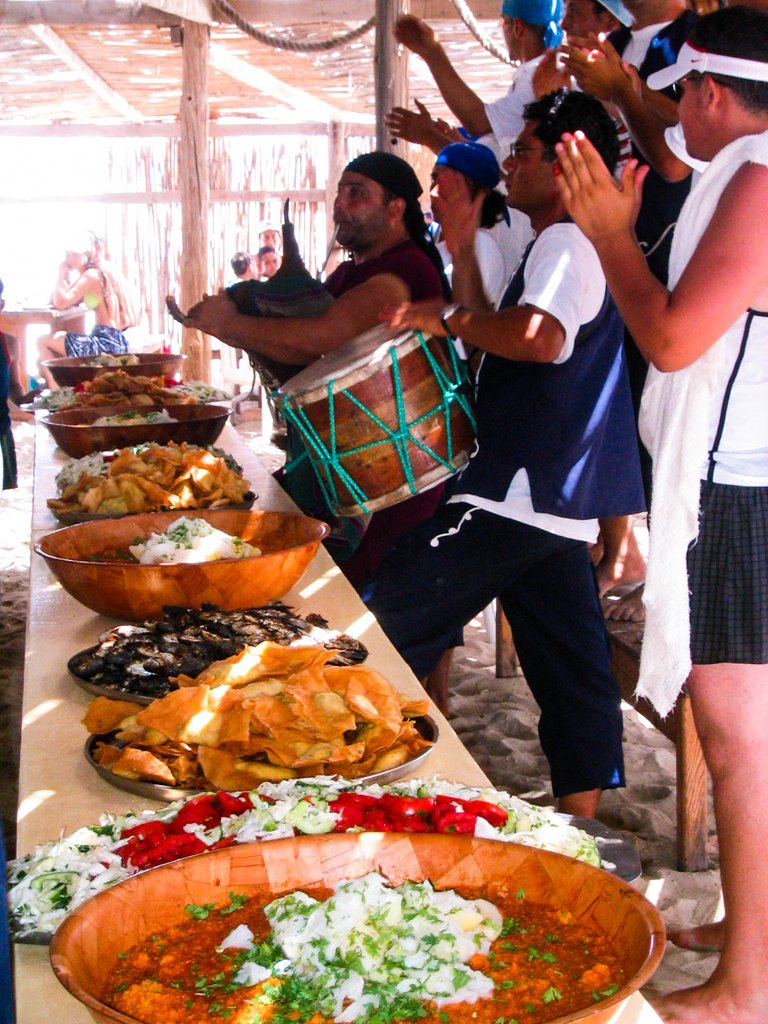
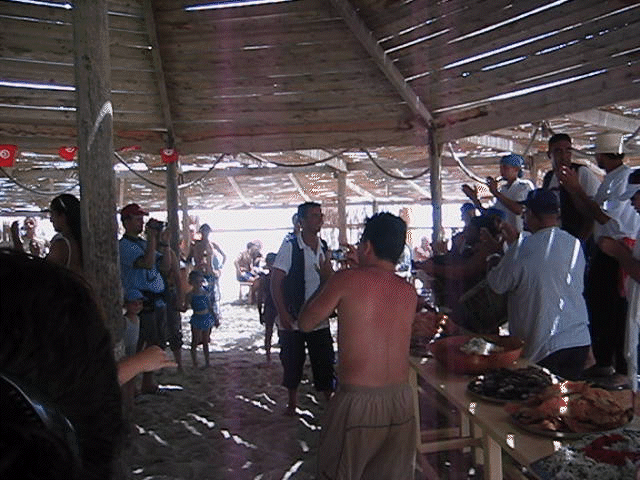
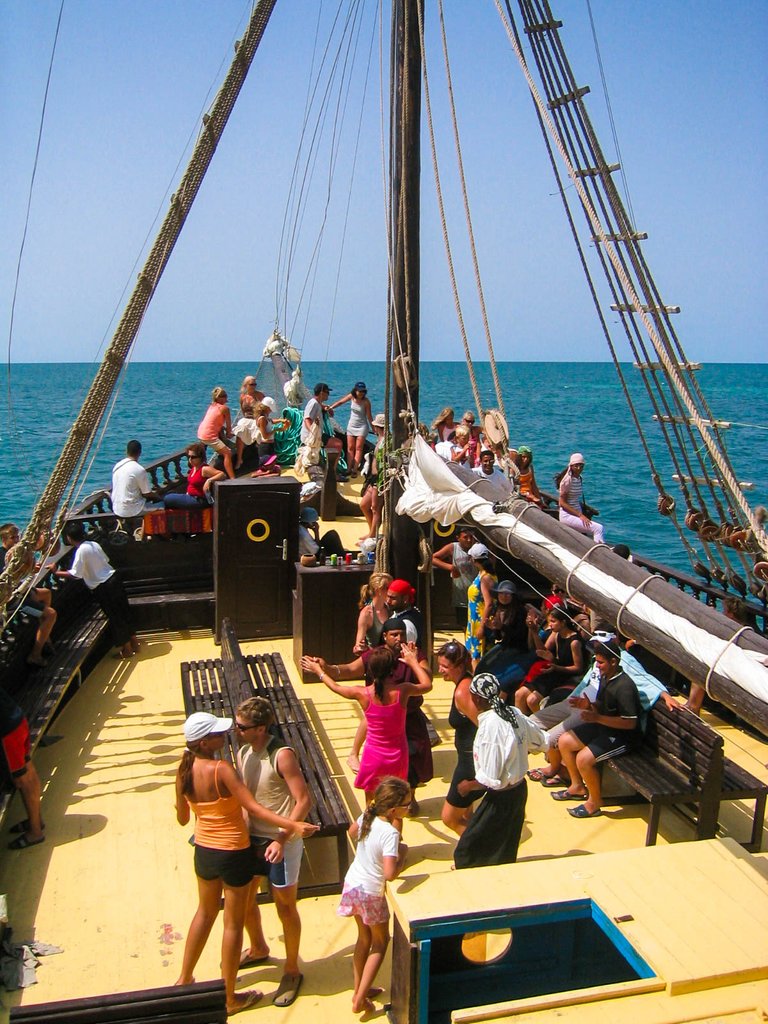
Exploring and traveling is always great but sometimes it is also a little bit tiring and, in the evenings, we needed a little relaxation. A cup of mint tea and, of course, shisha was just perfect!
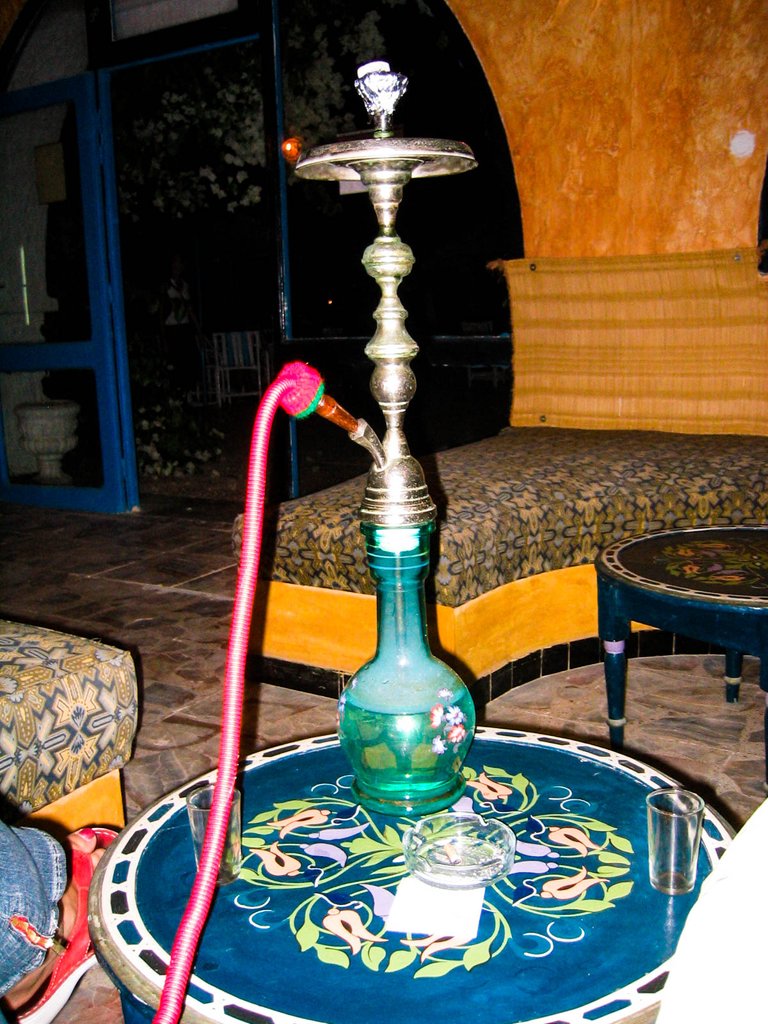

Thanks for reading,
feel free to leave a comment, I will be glad to reply to.
Best regards, @miljo76


Yay! 🤗
Your content has been boosted with Ecency Points, by @miljo76.
Use Ecency daily to boost your growth on platform!
Support Ecency
Vote for new Proposal
Delegate HP and earn more
Congratulations, your post has been added to Pinmapple! 🎉🥳🍍
Did you know you have your own profile map?
And every post has their own map too!
Want to have your post on the map too?